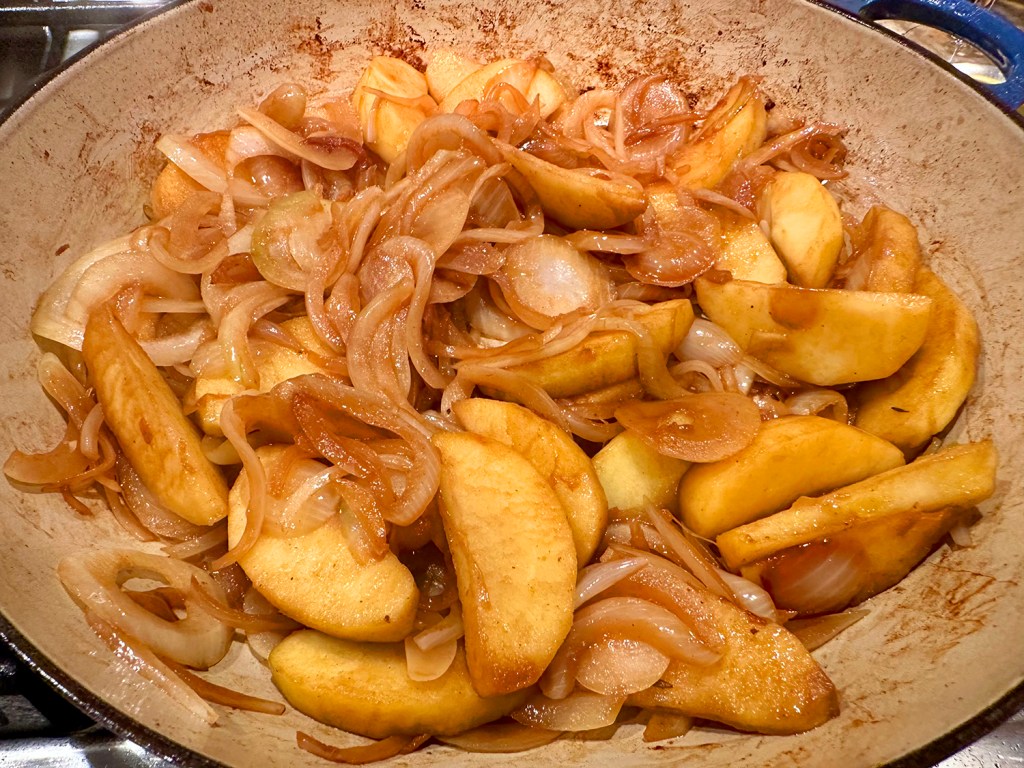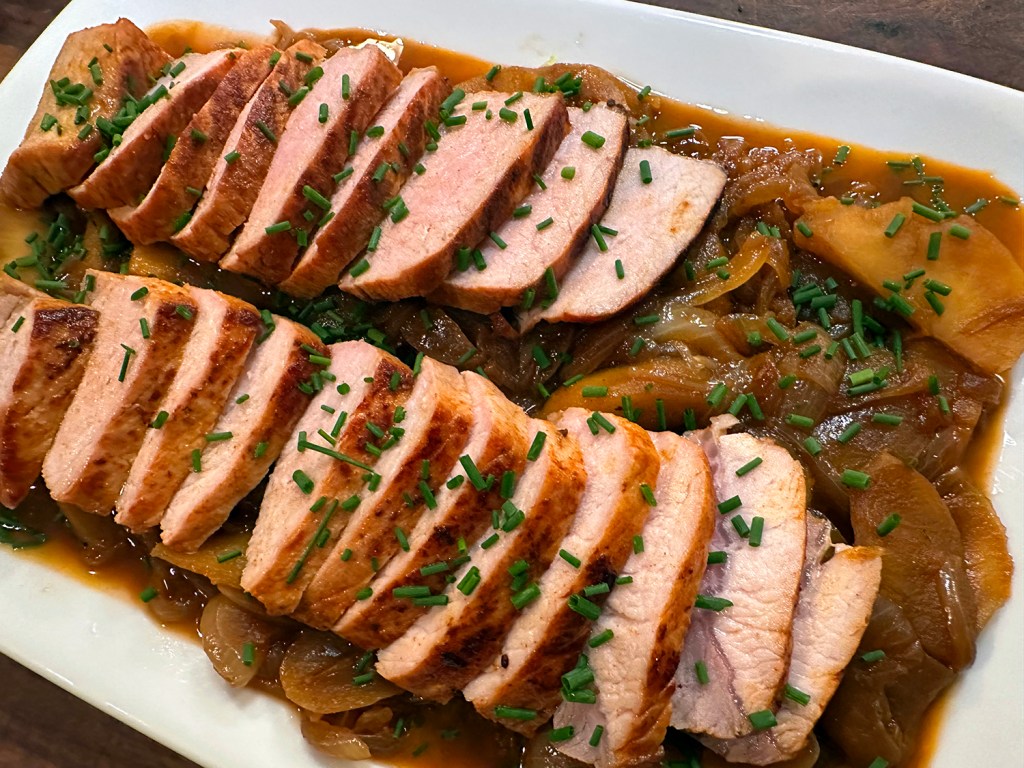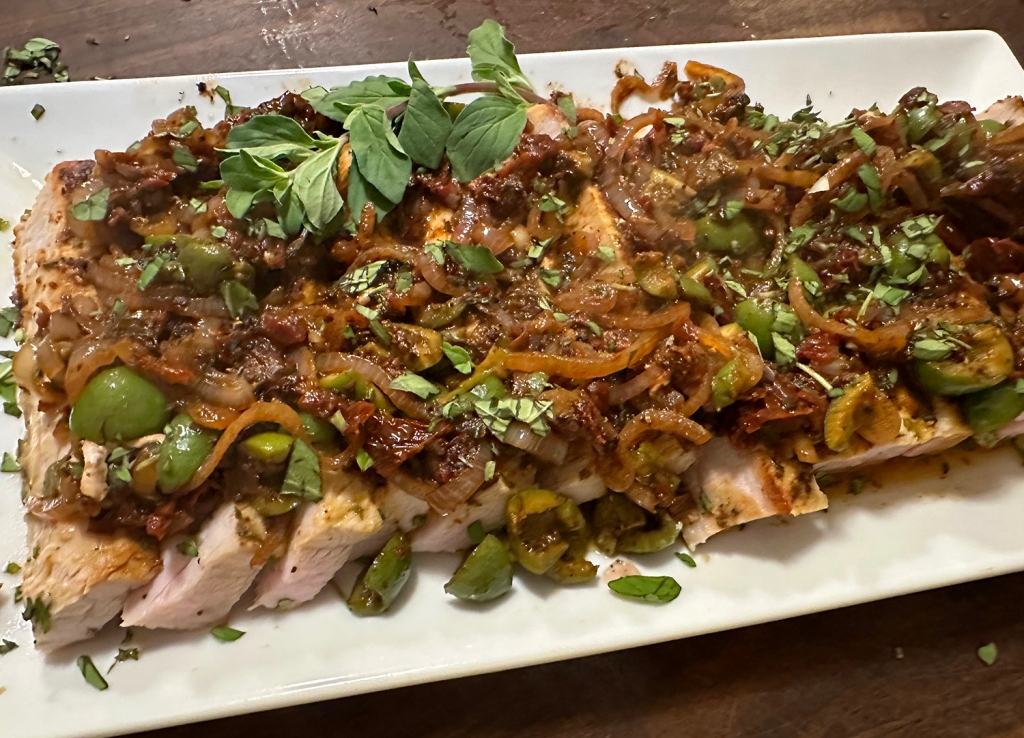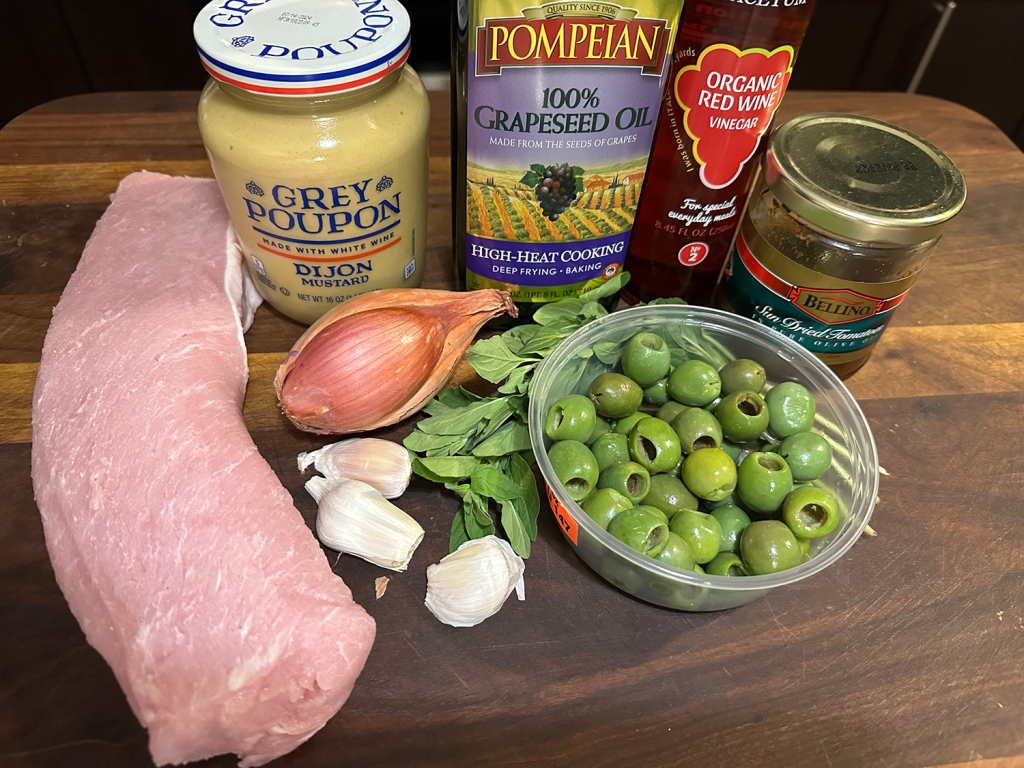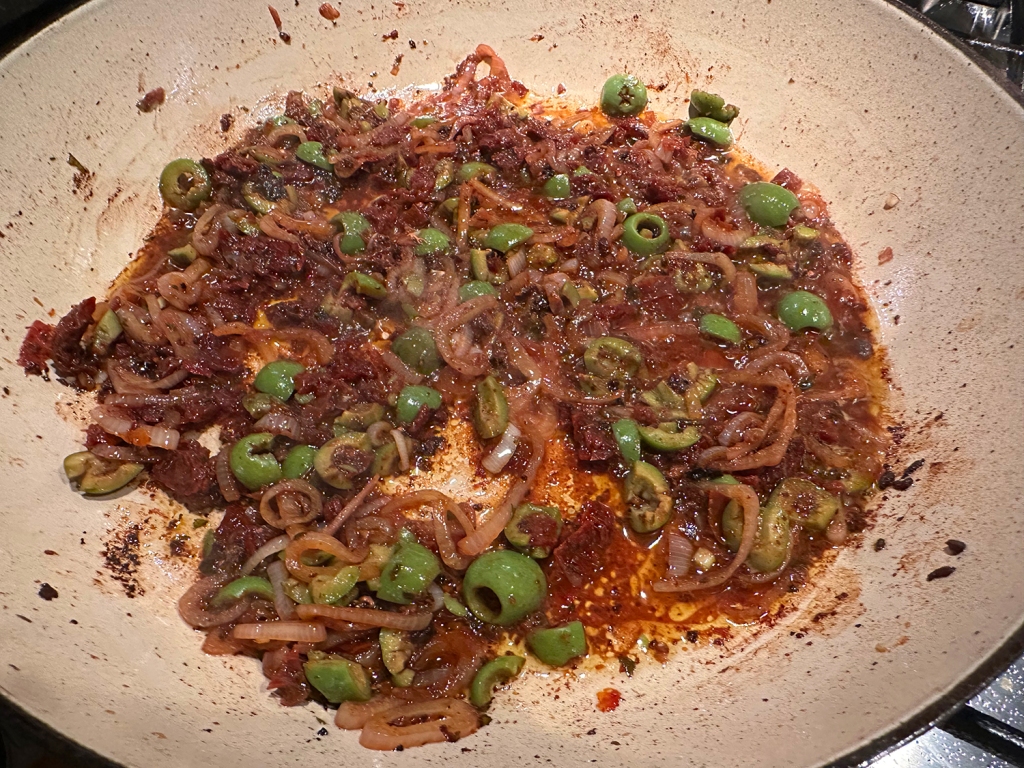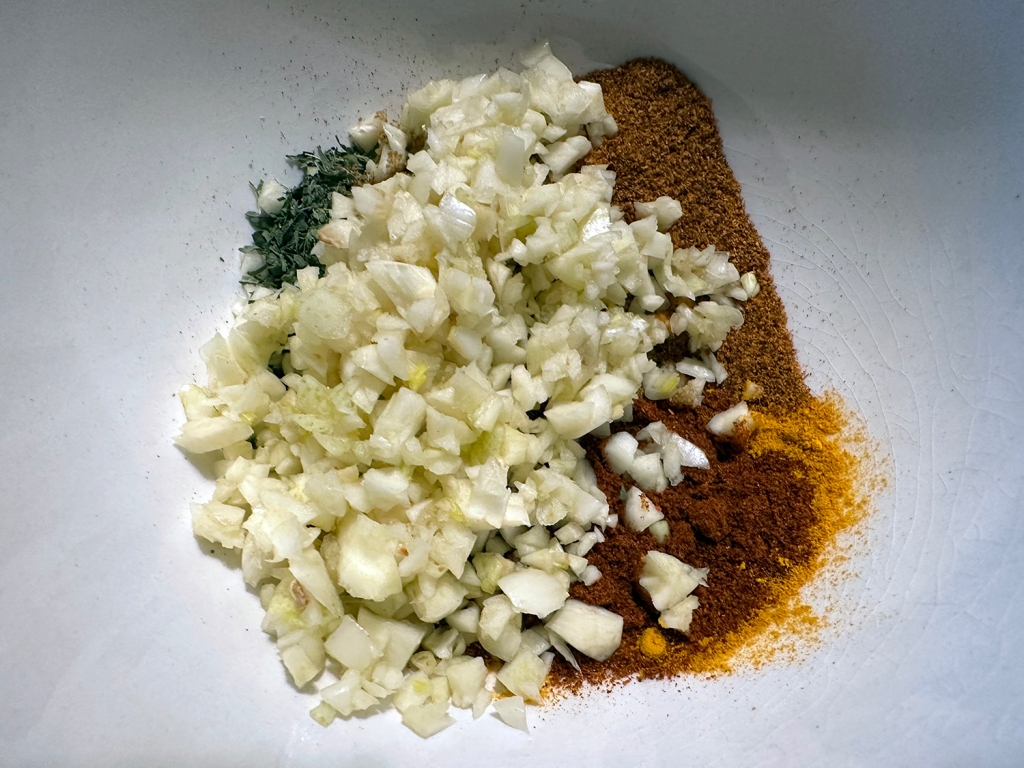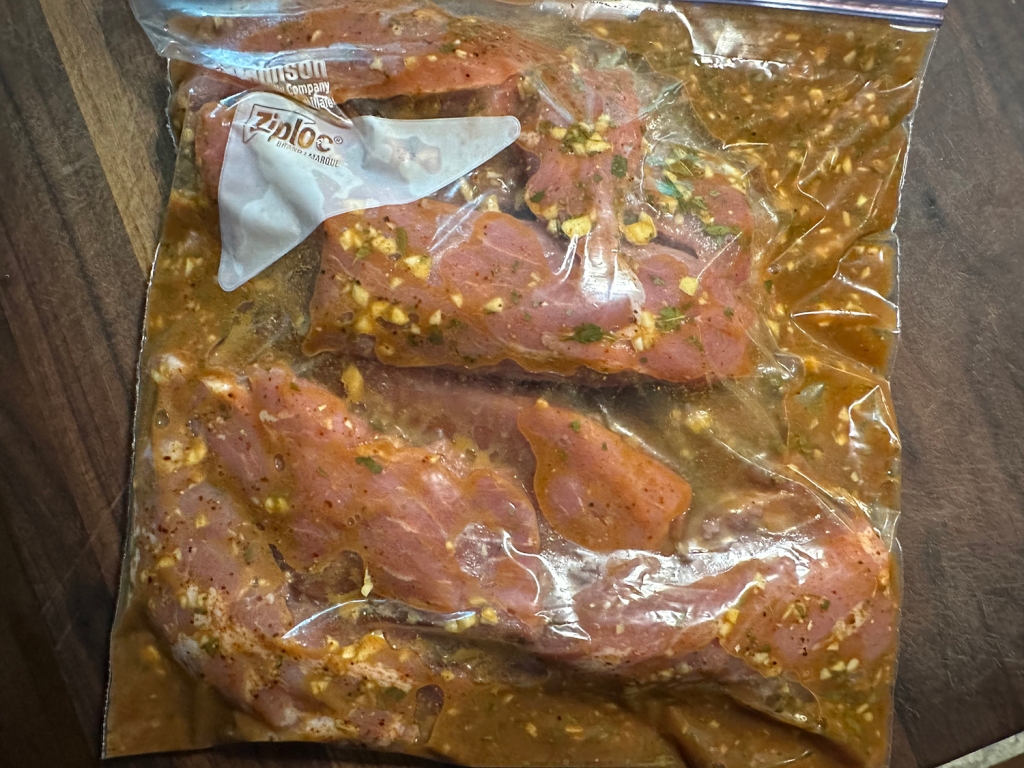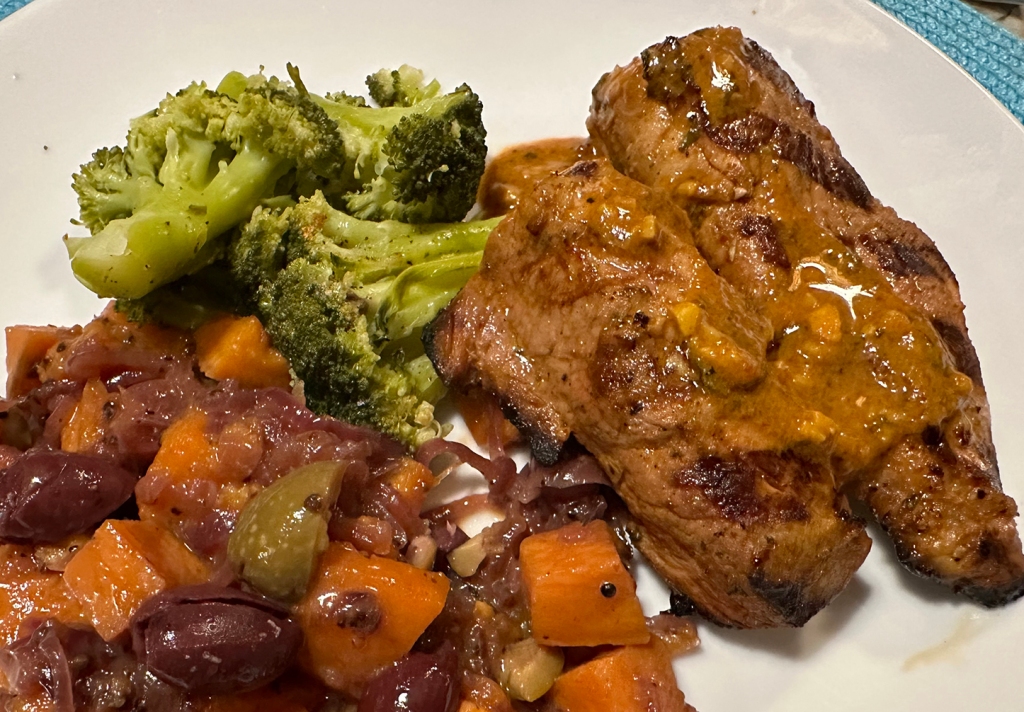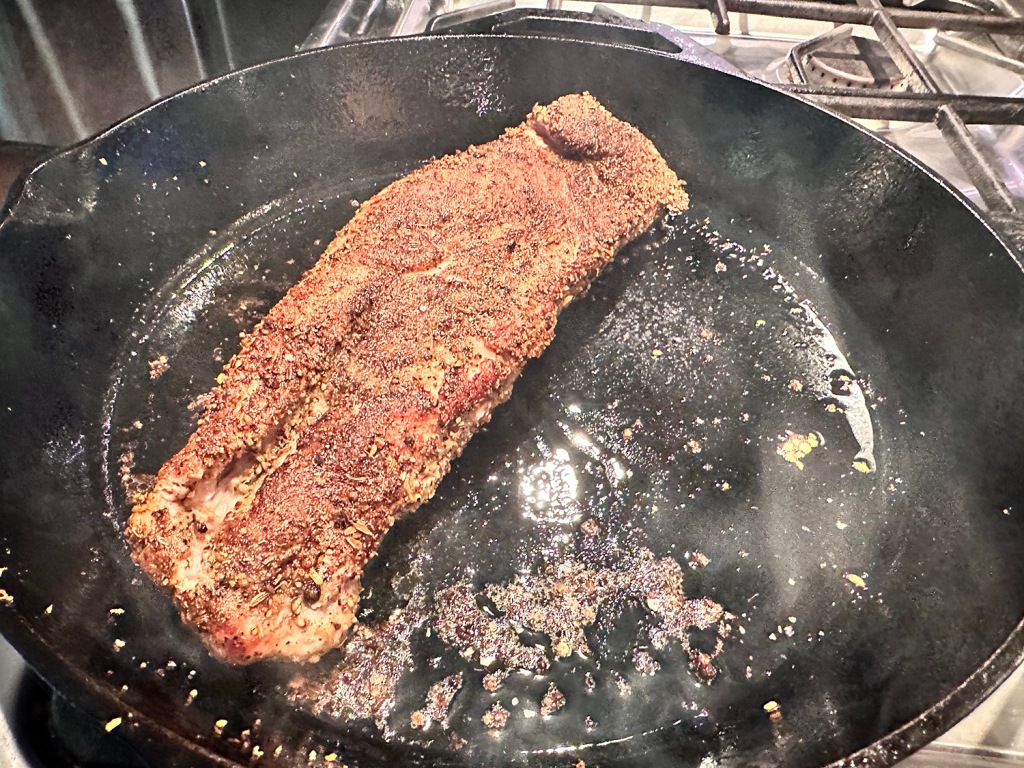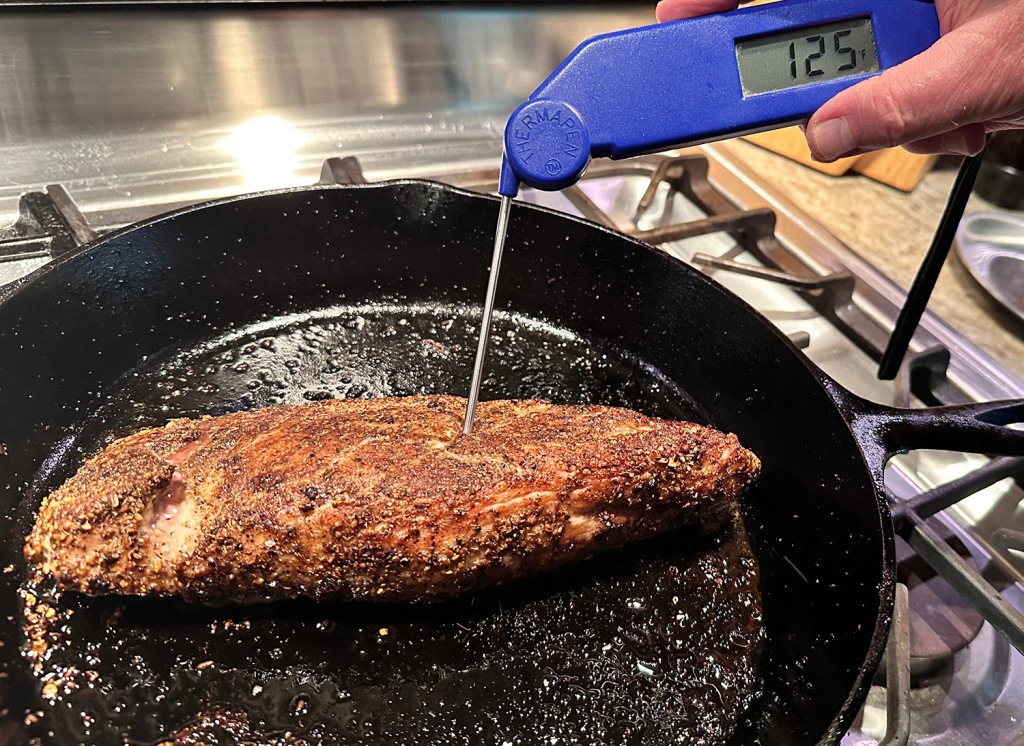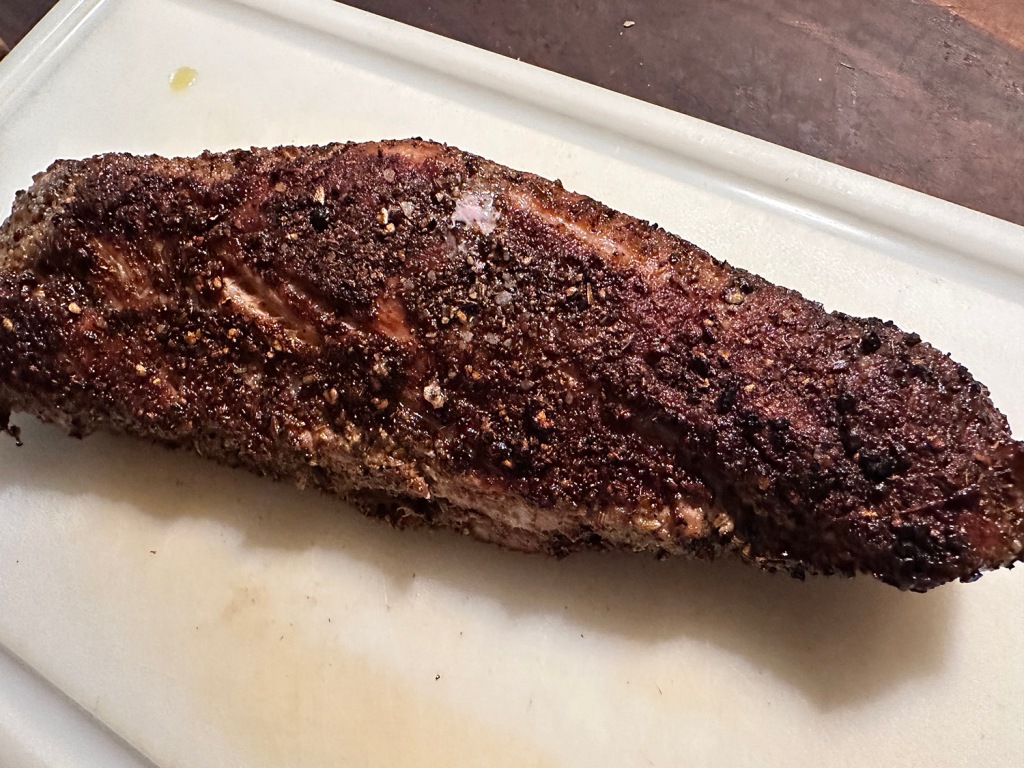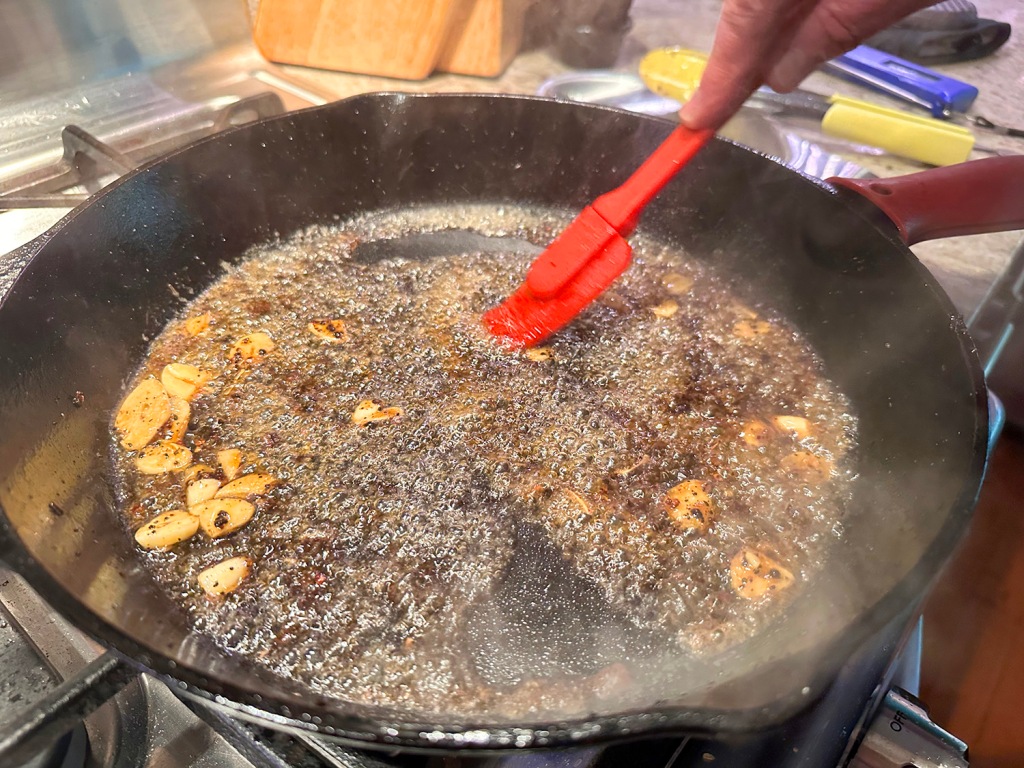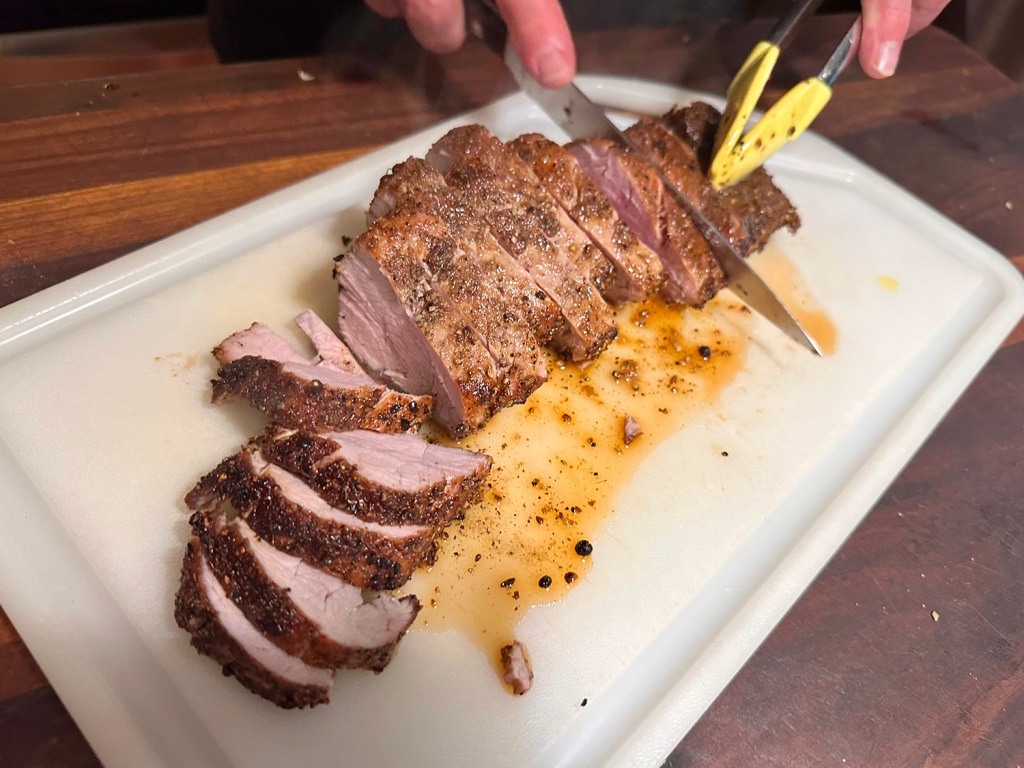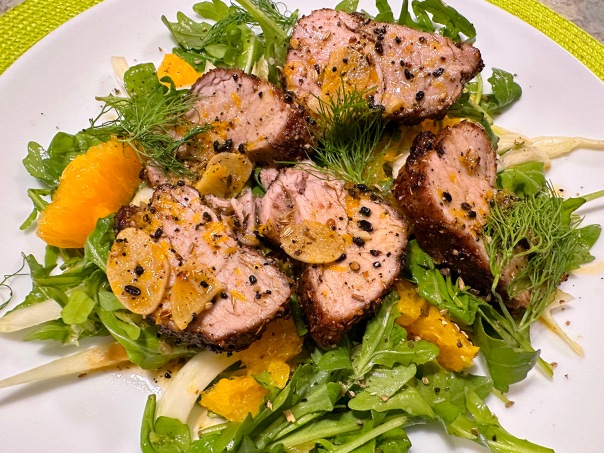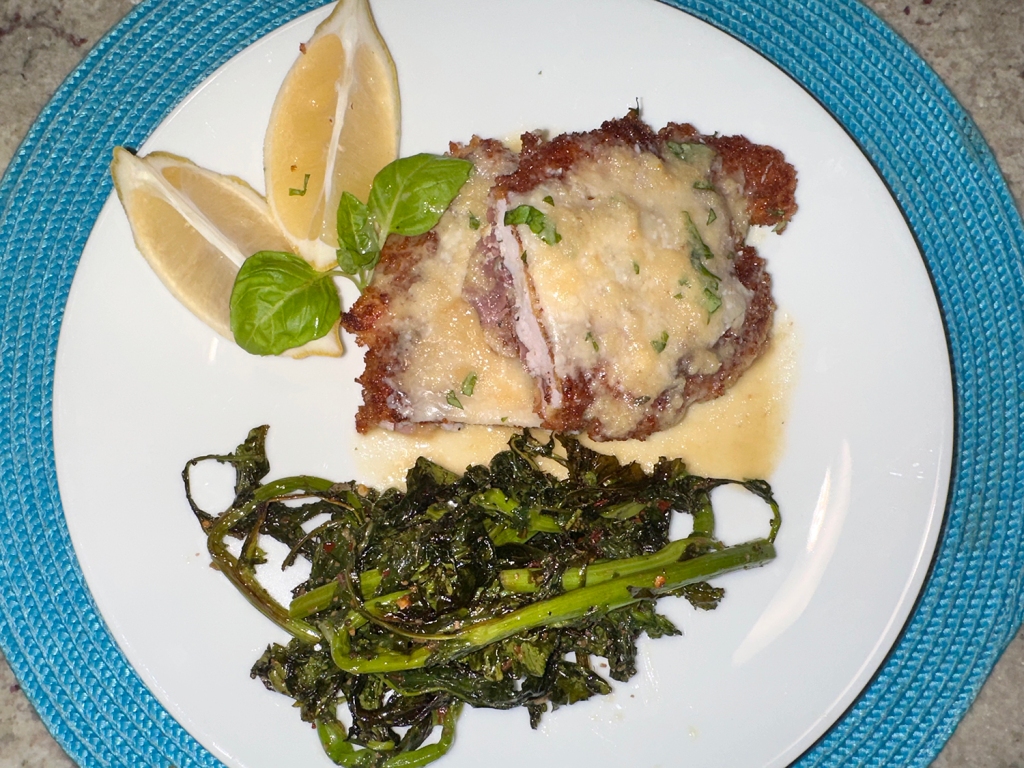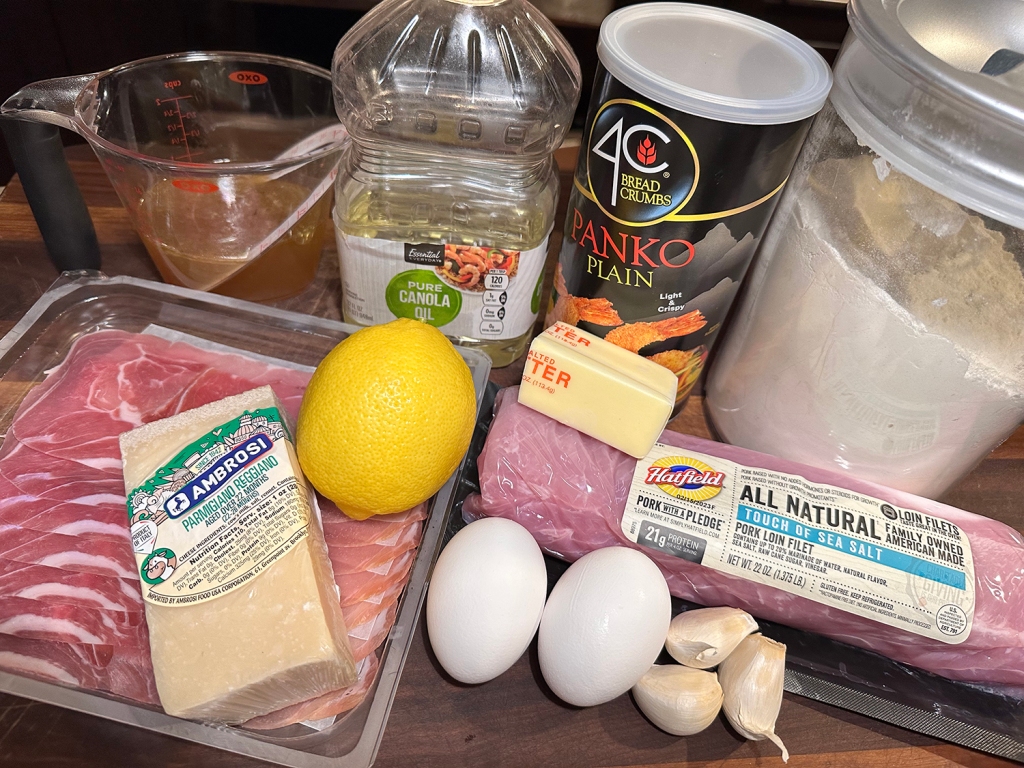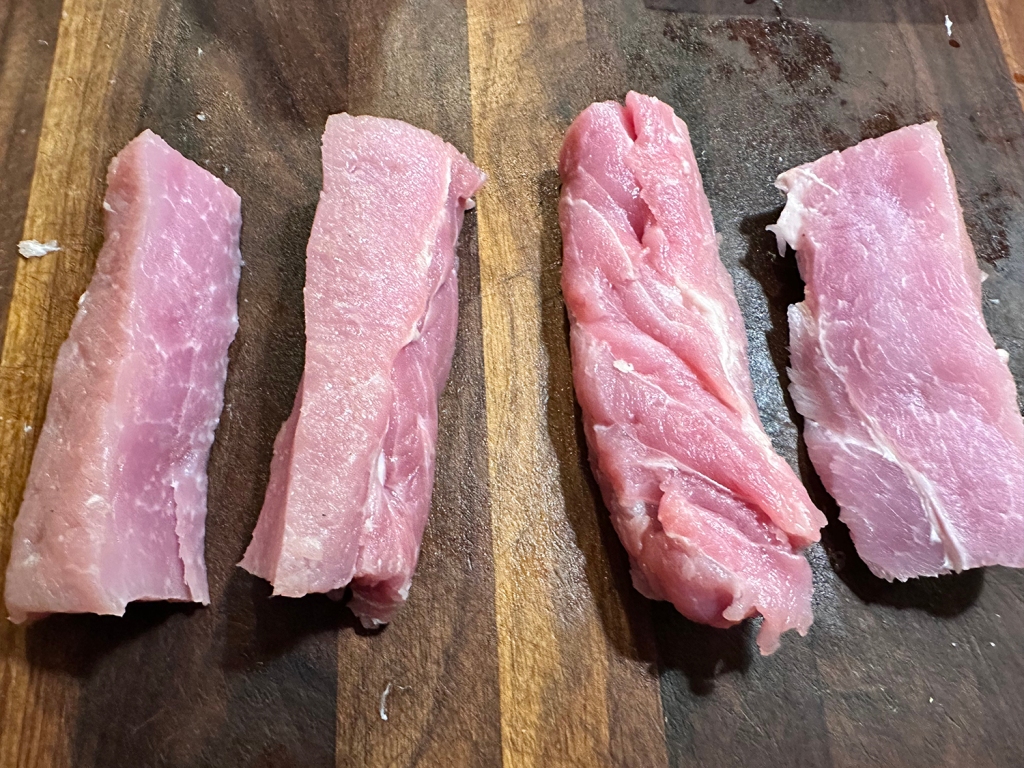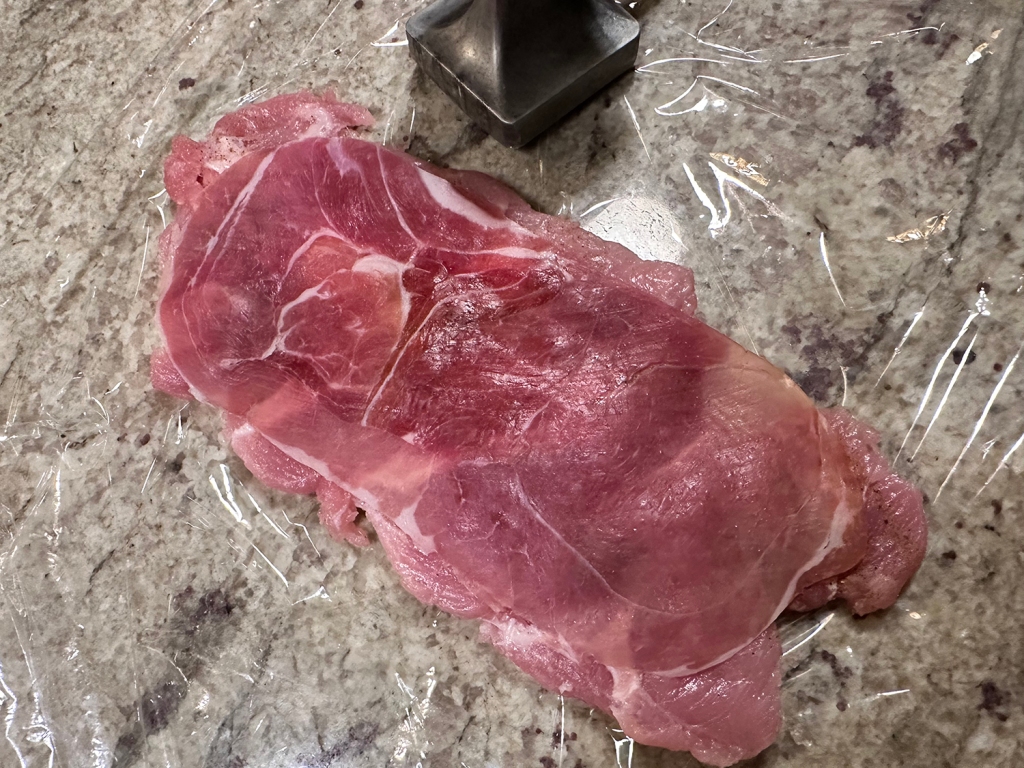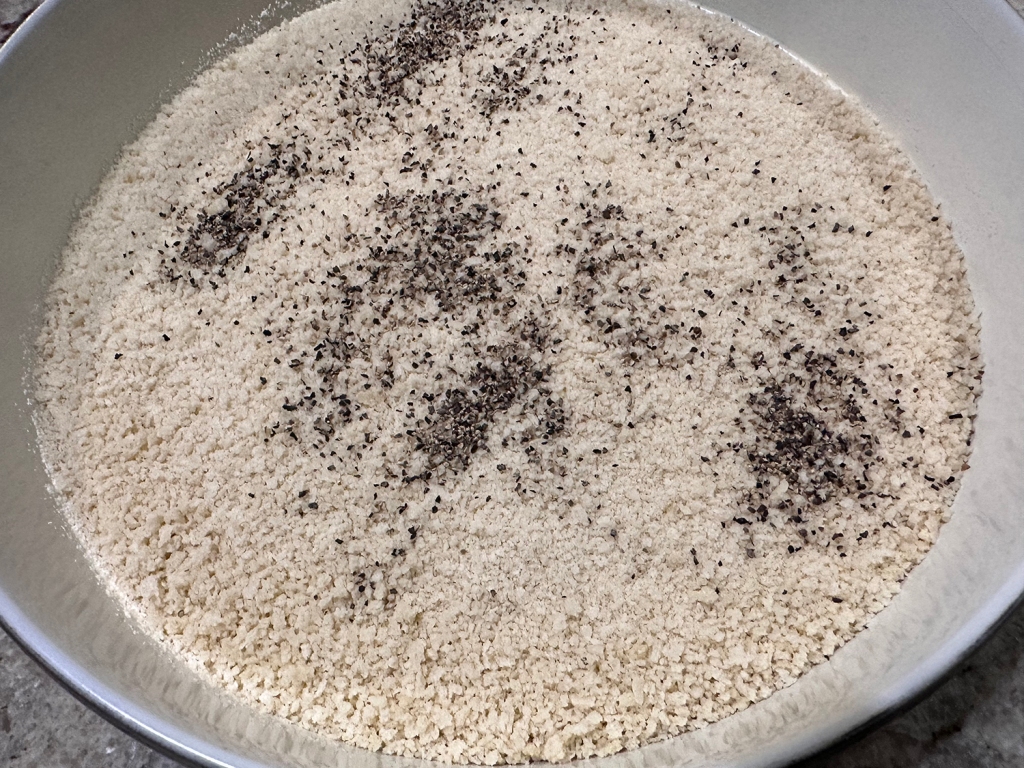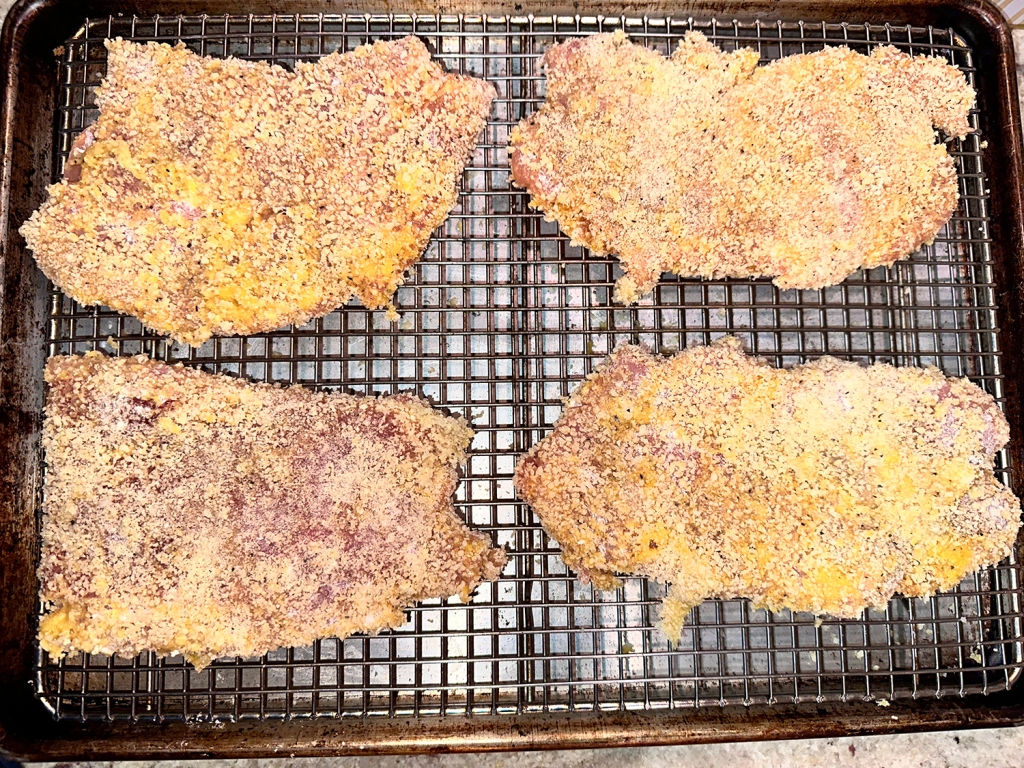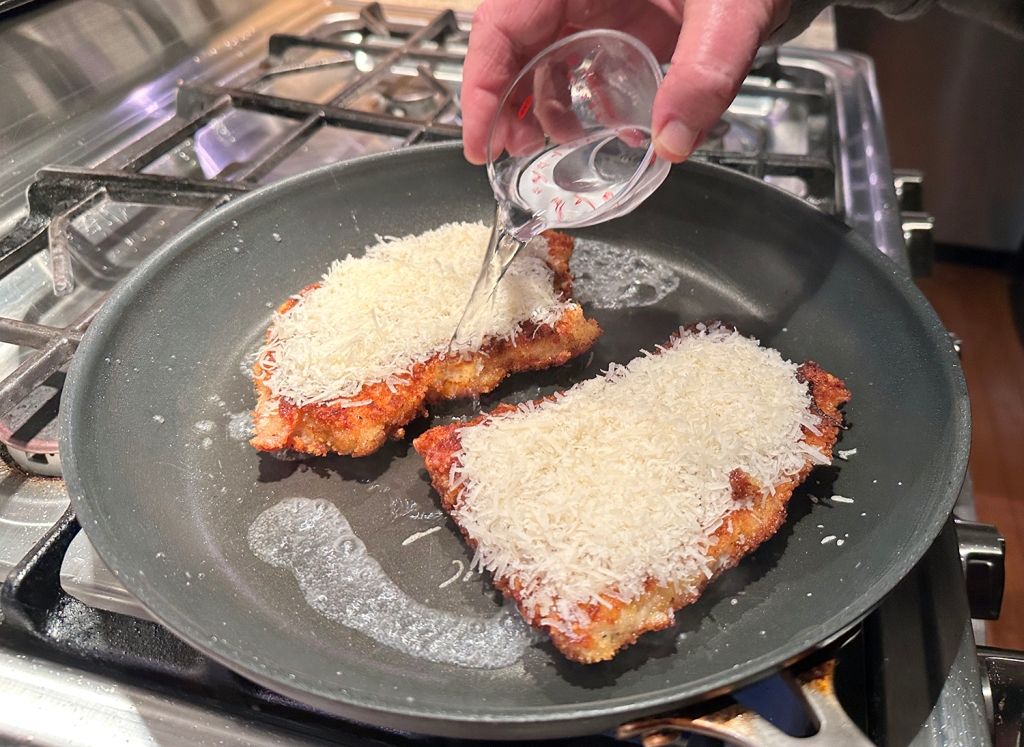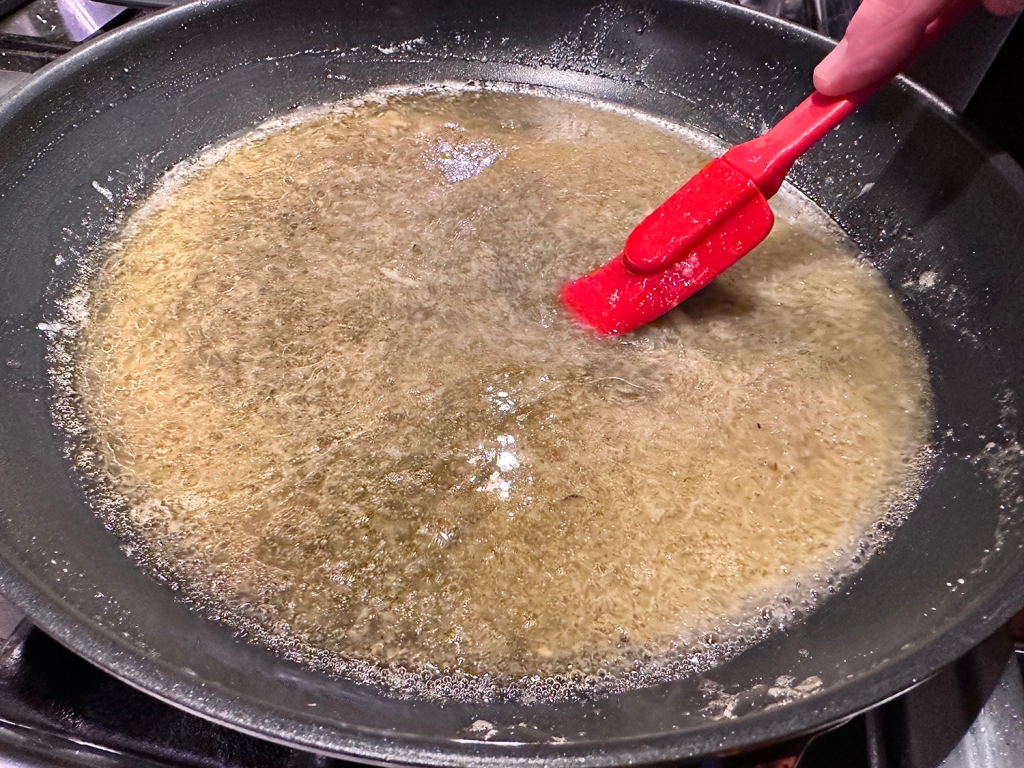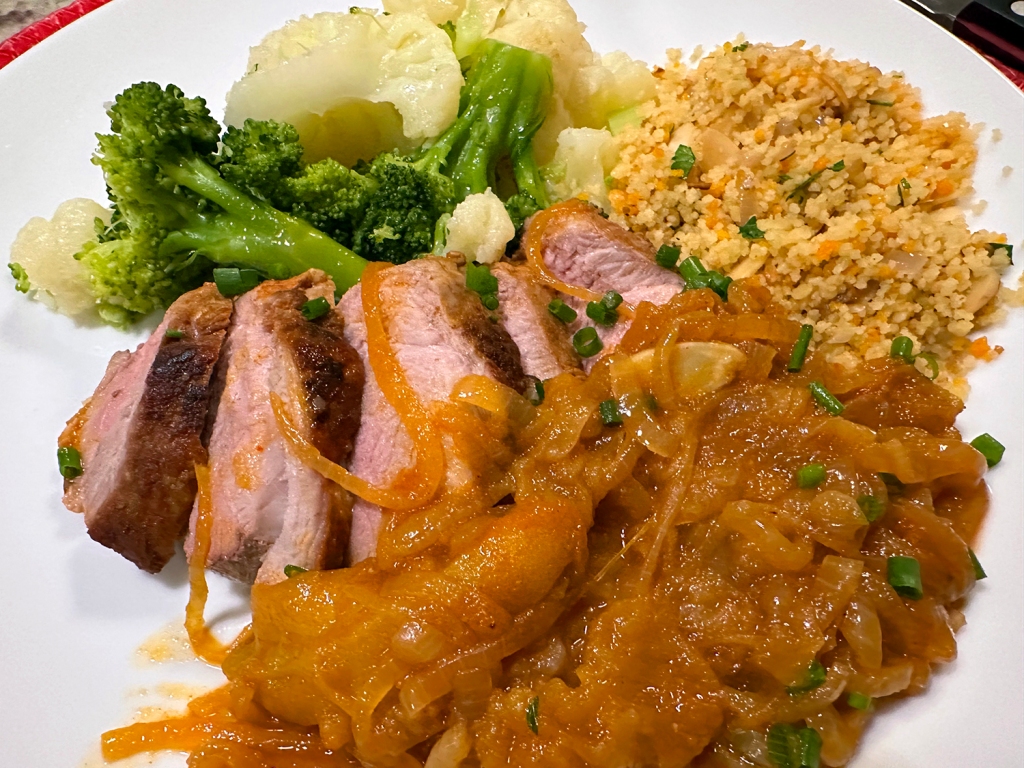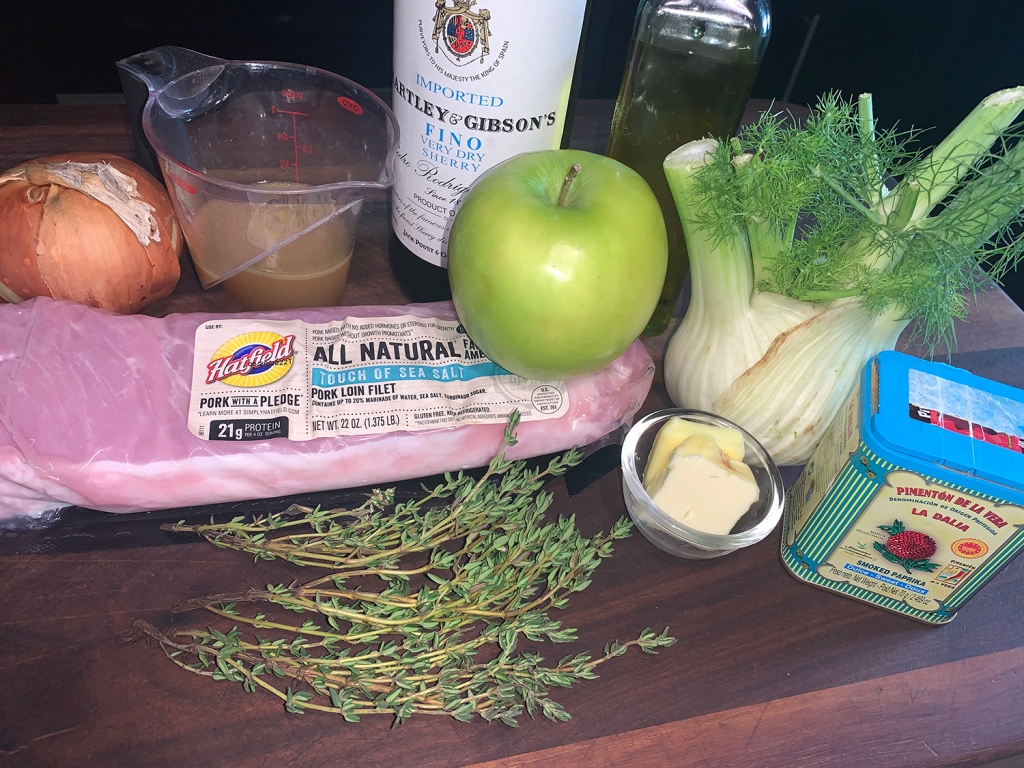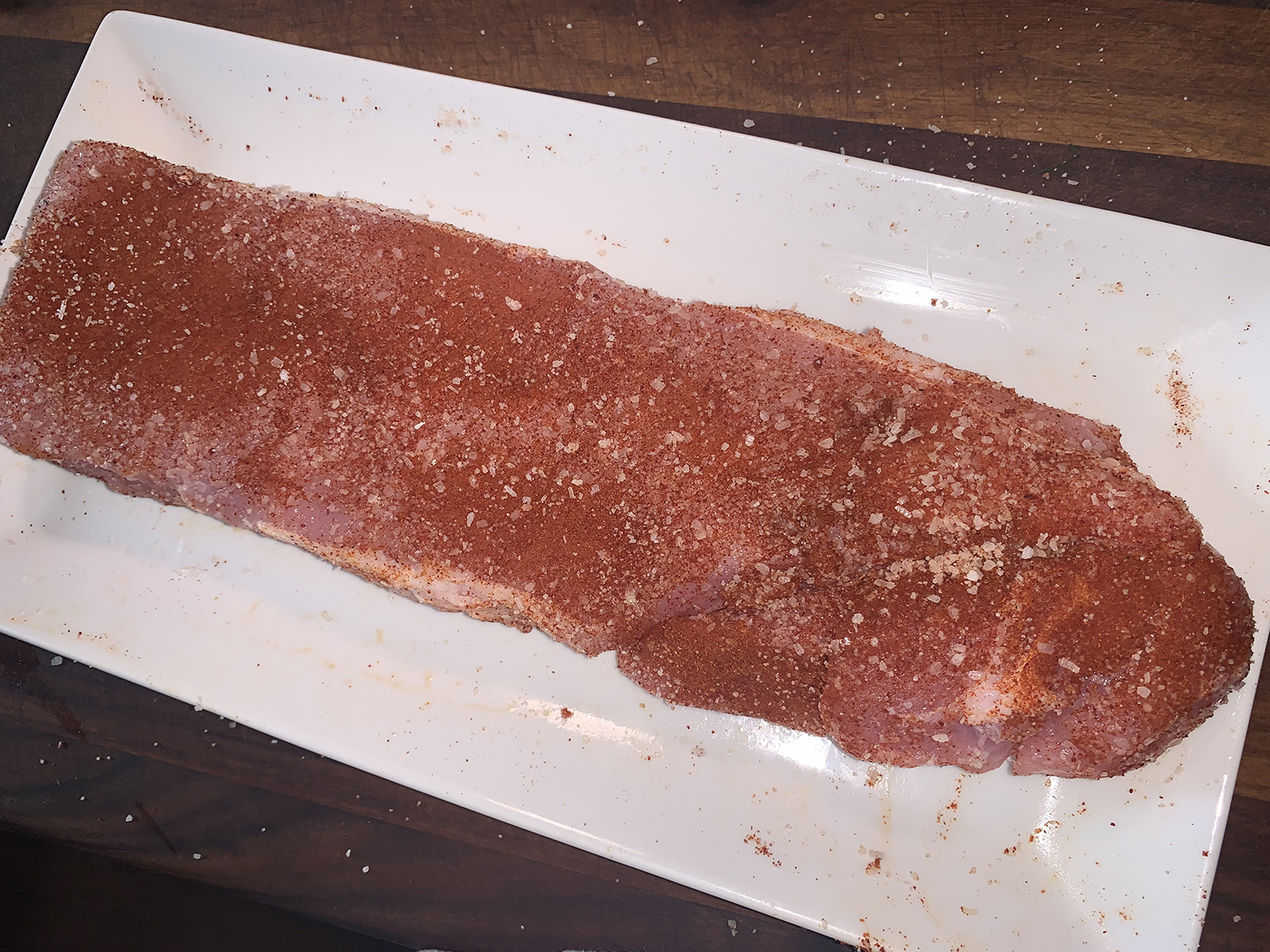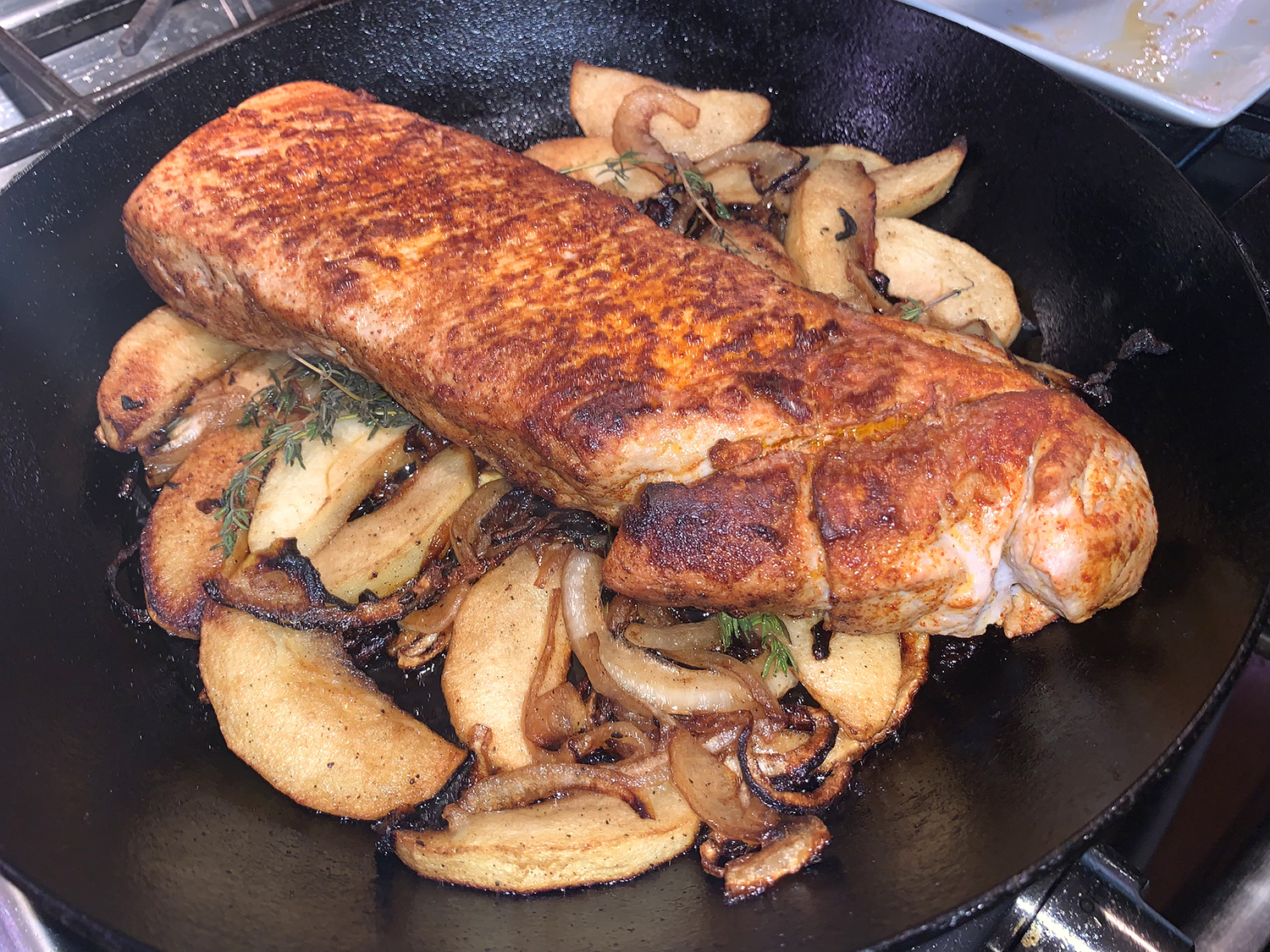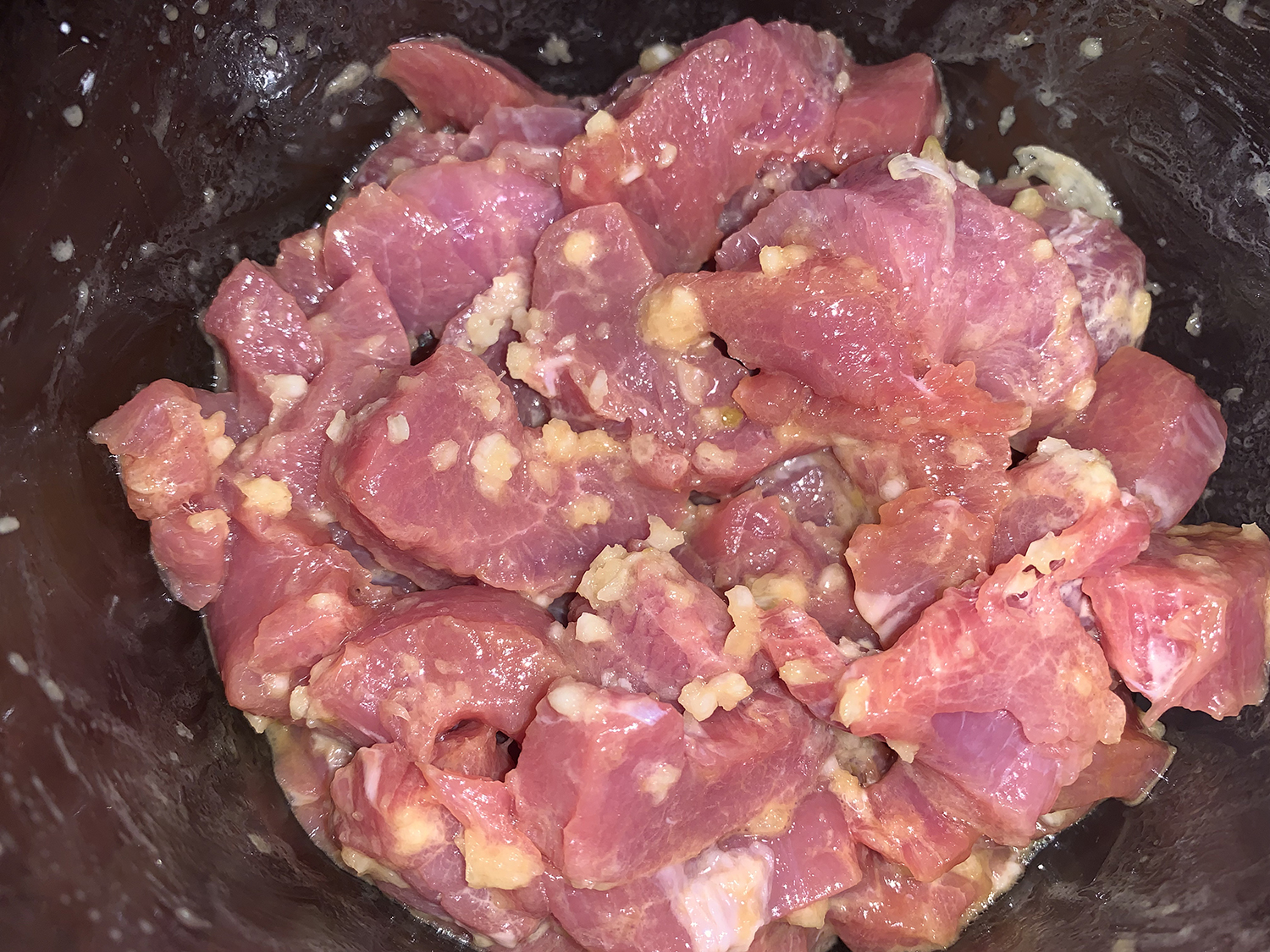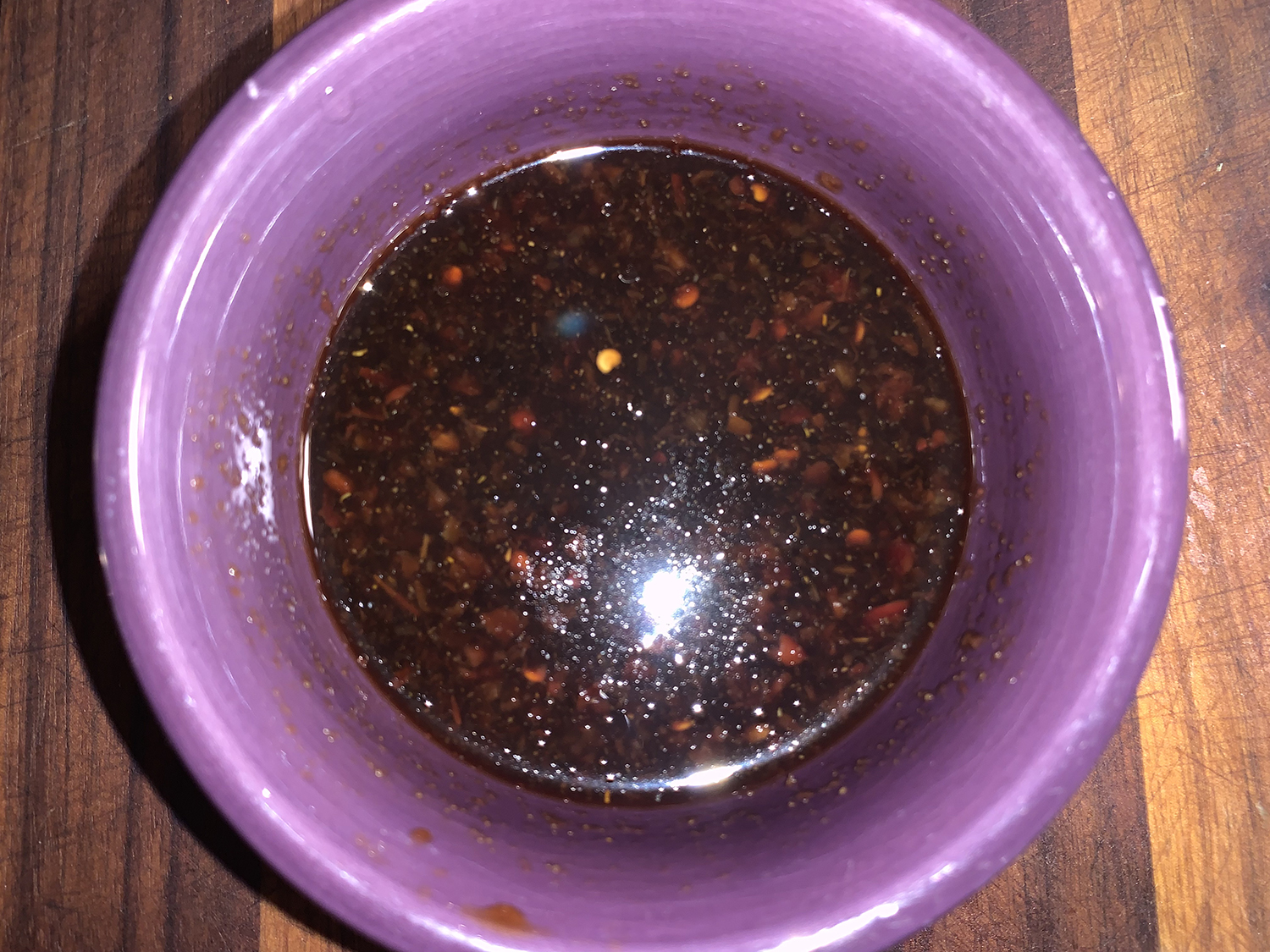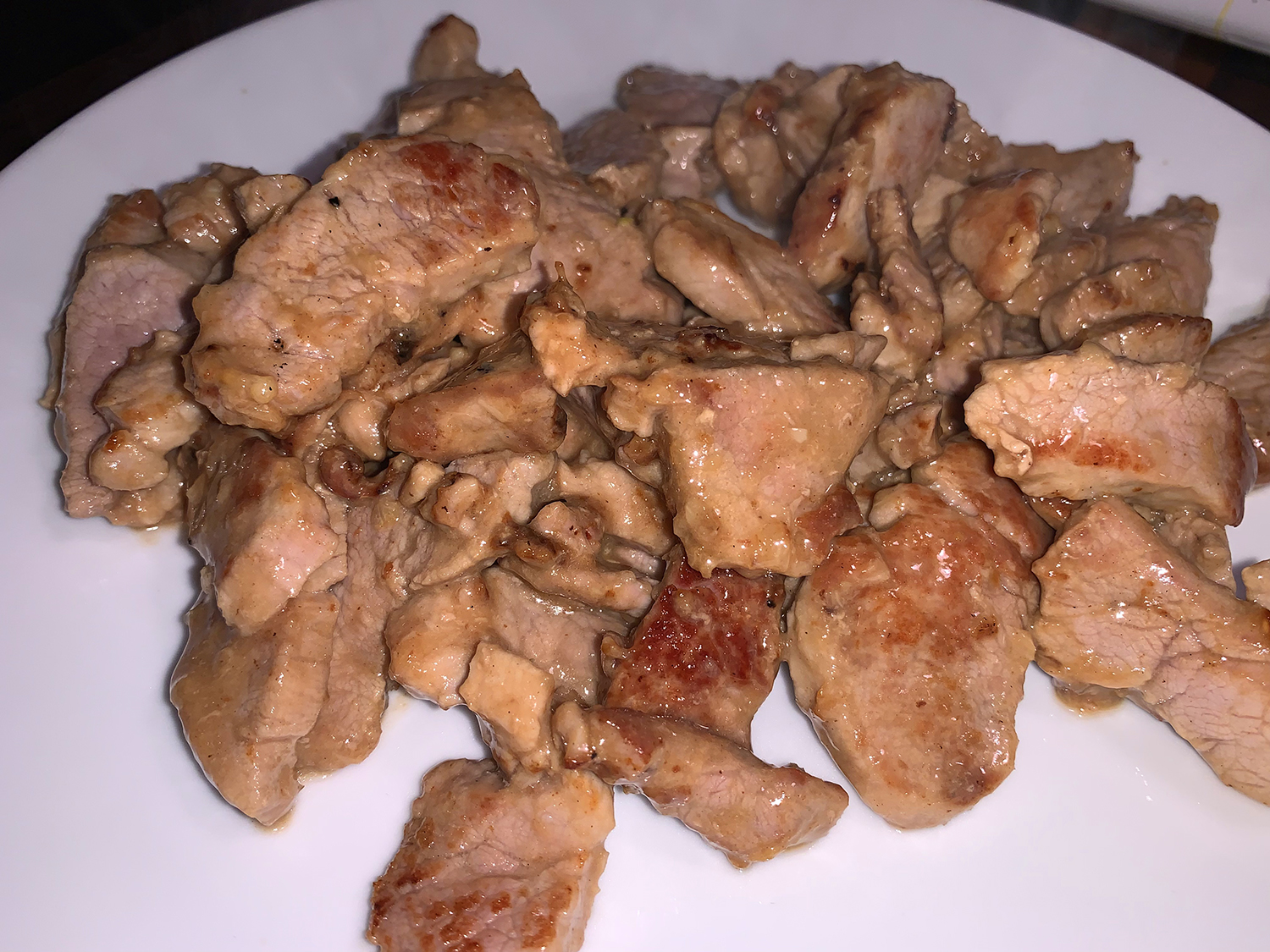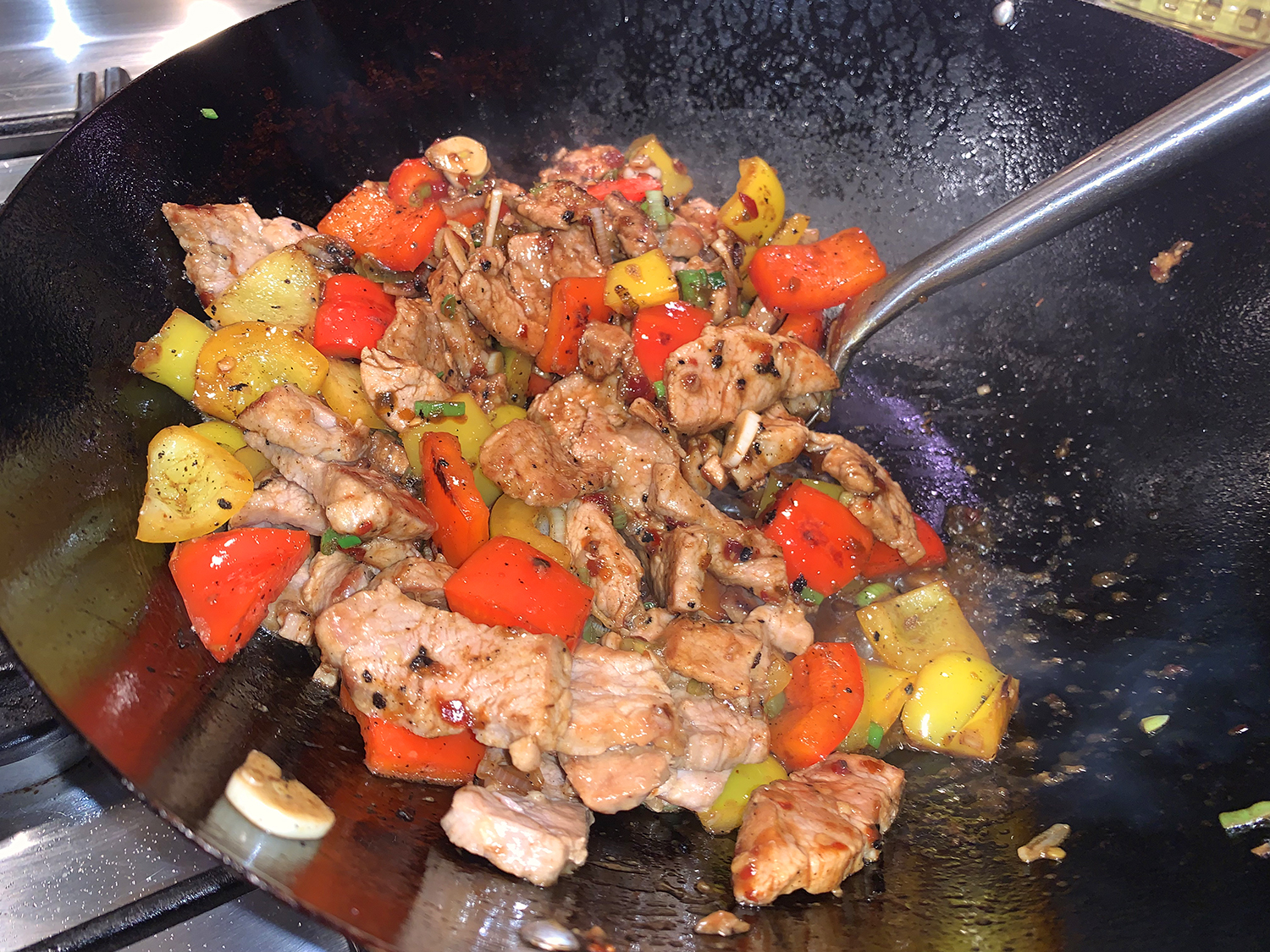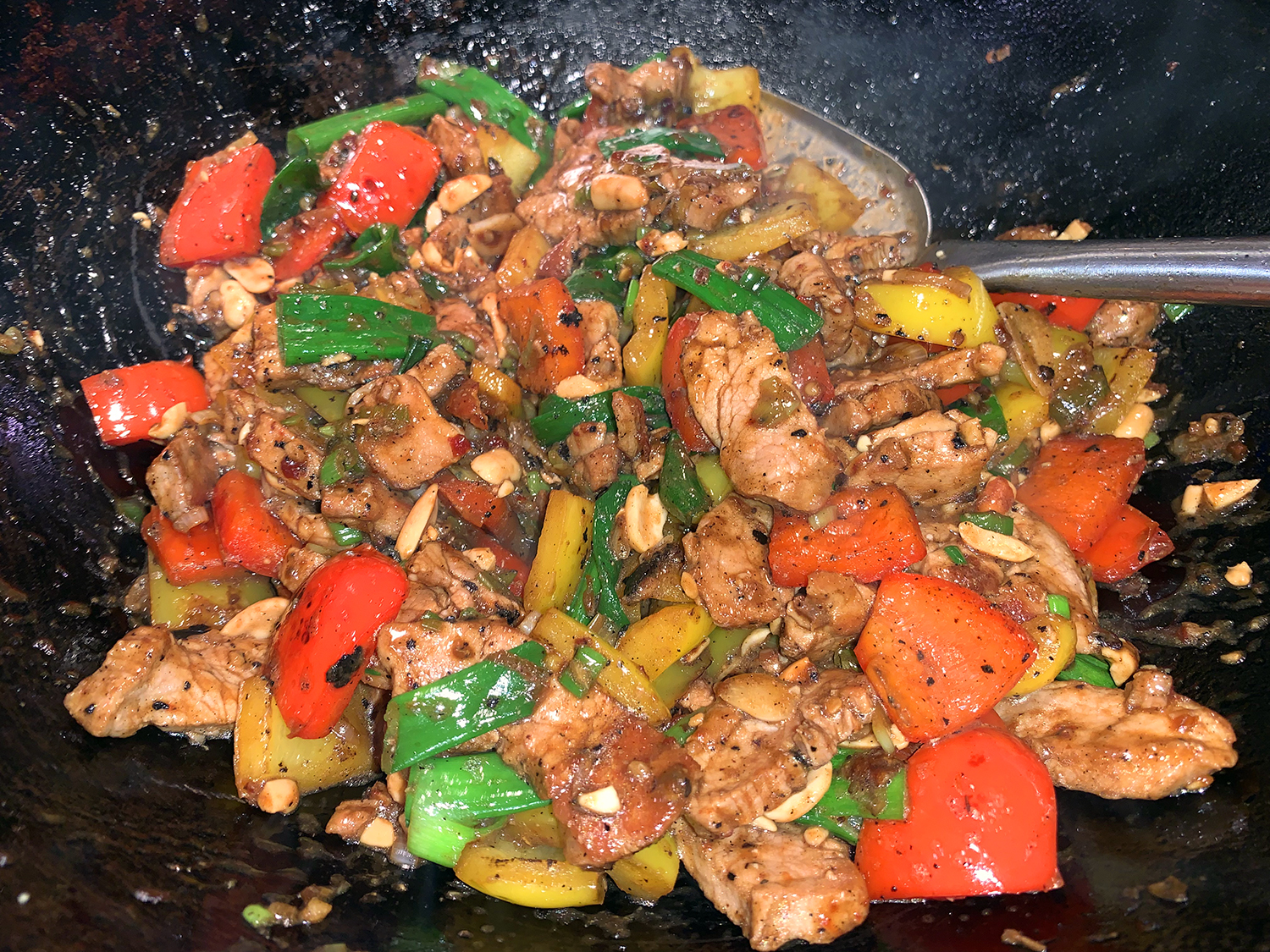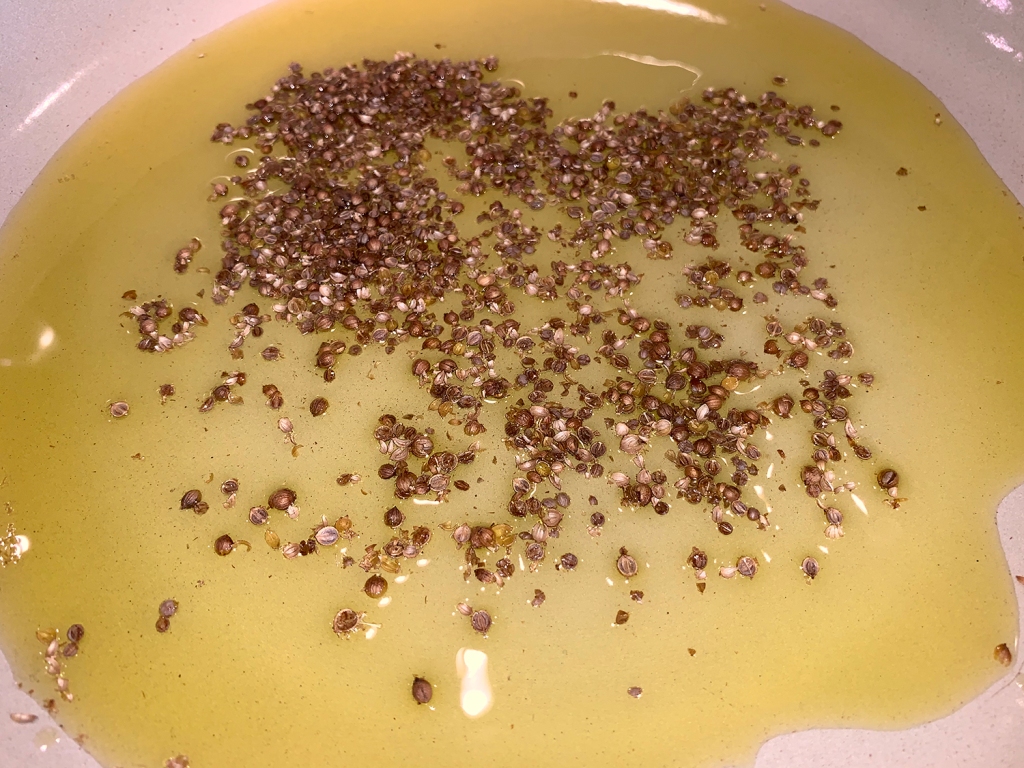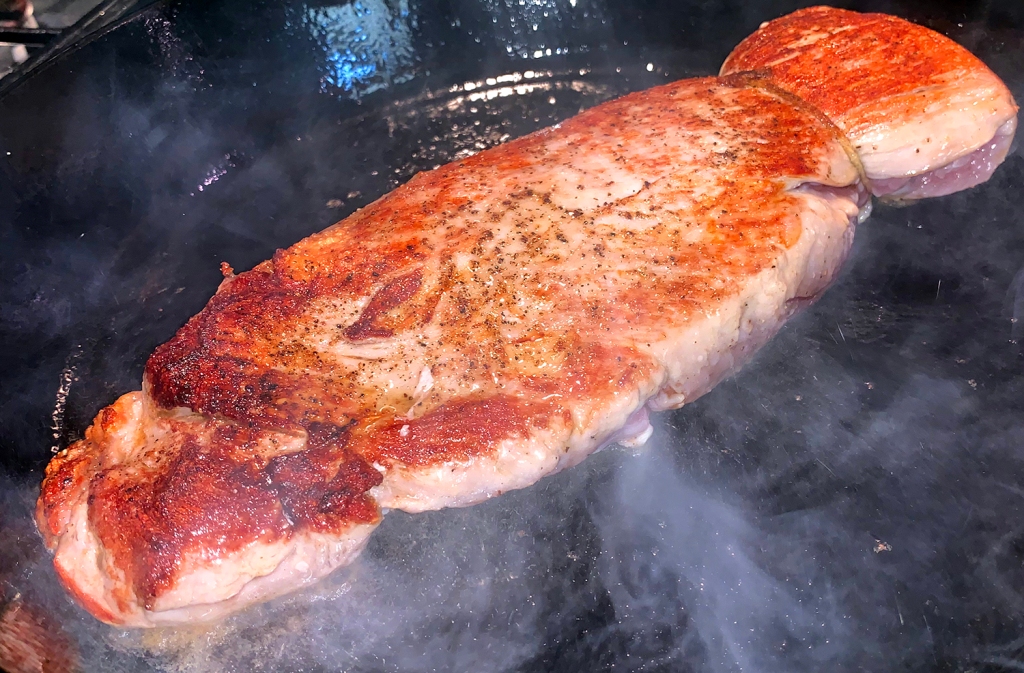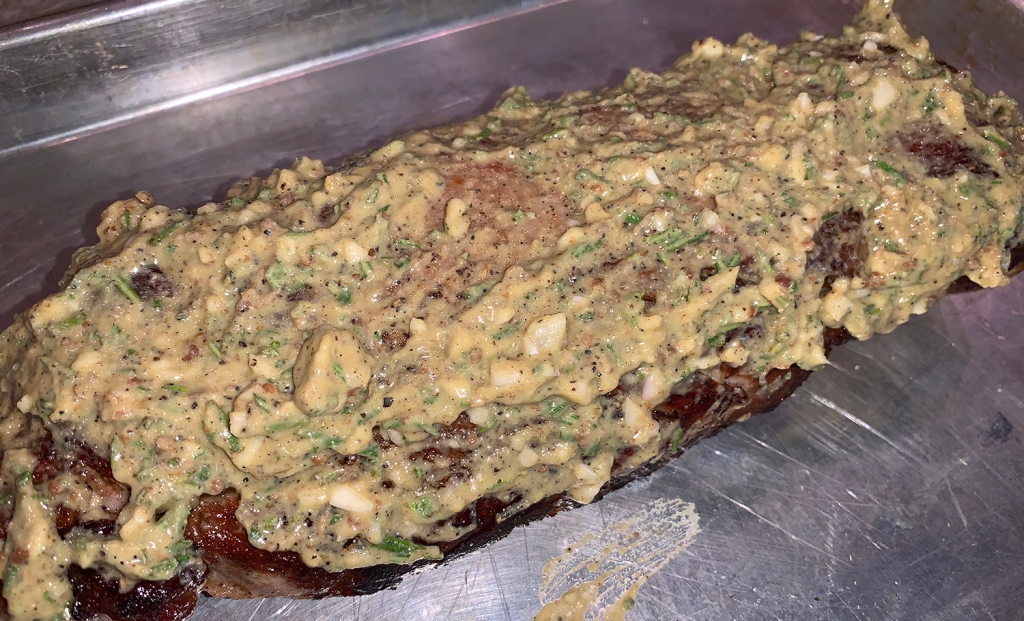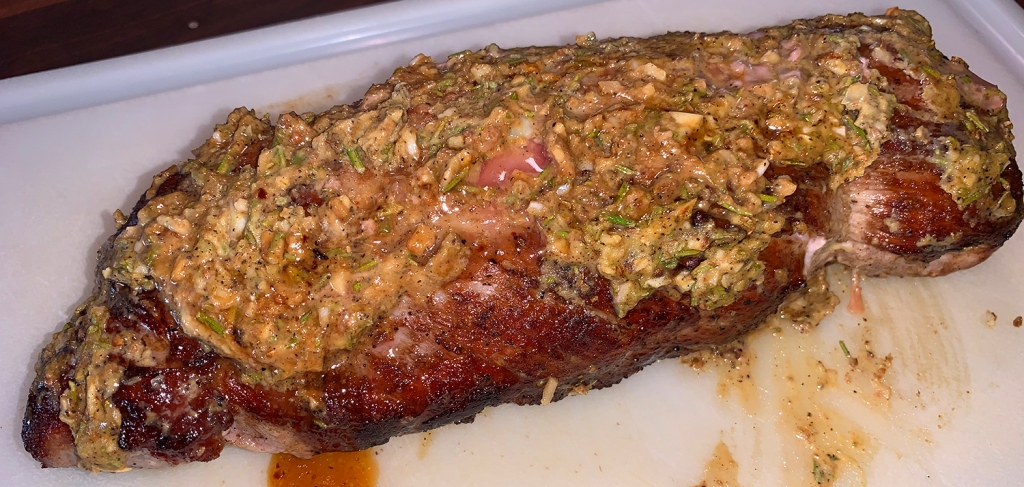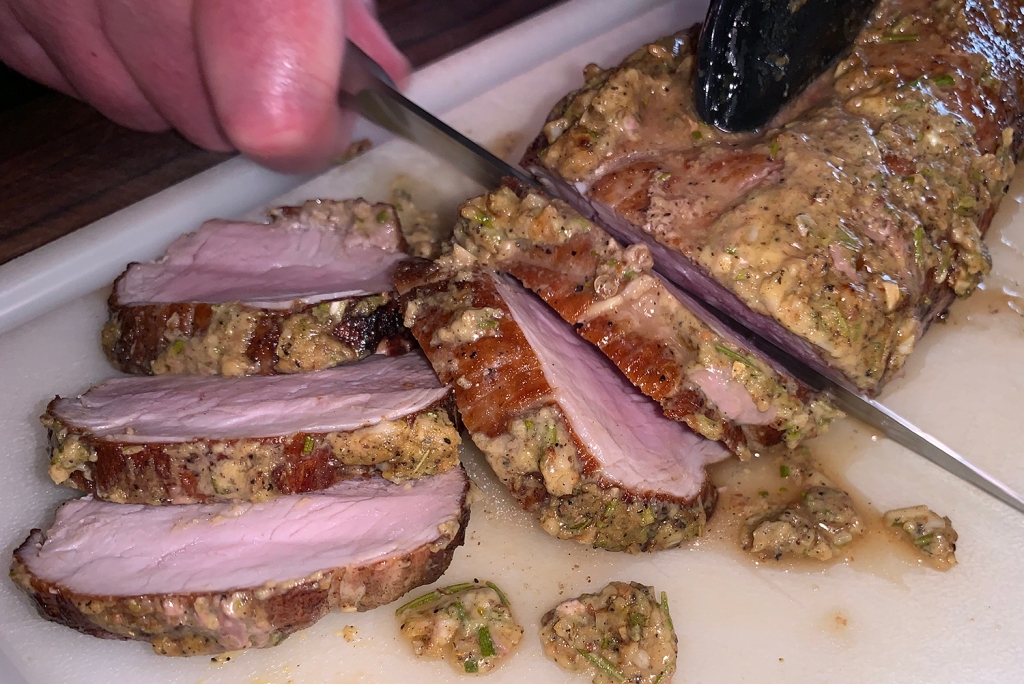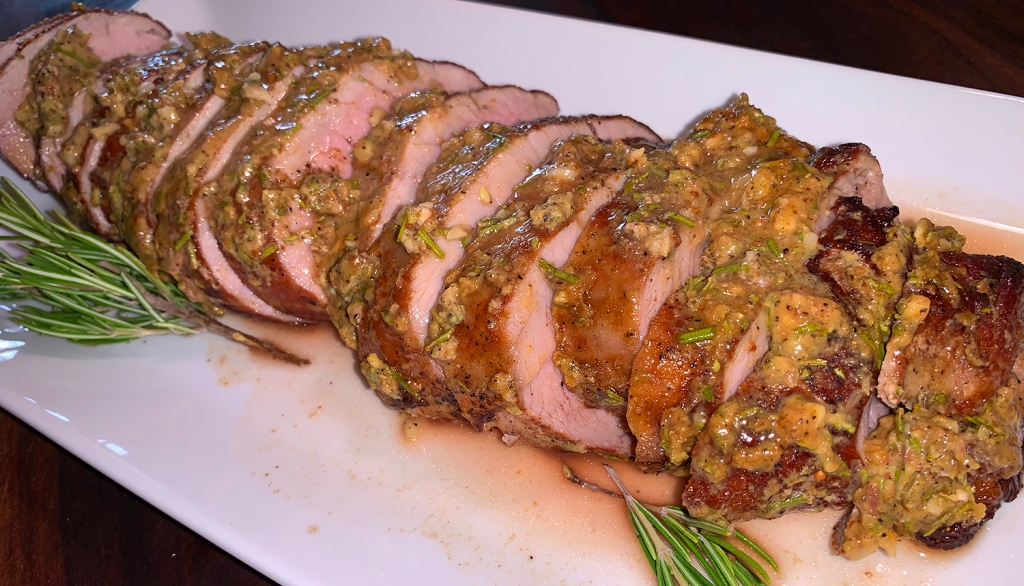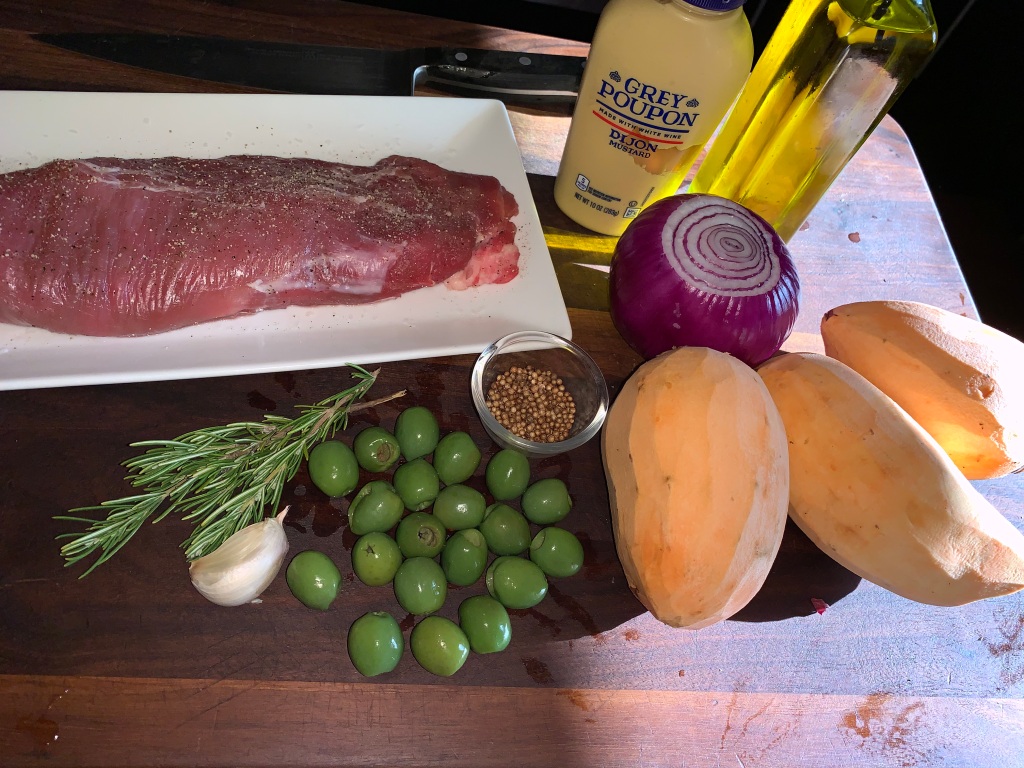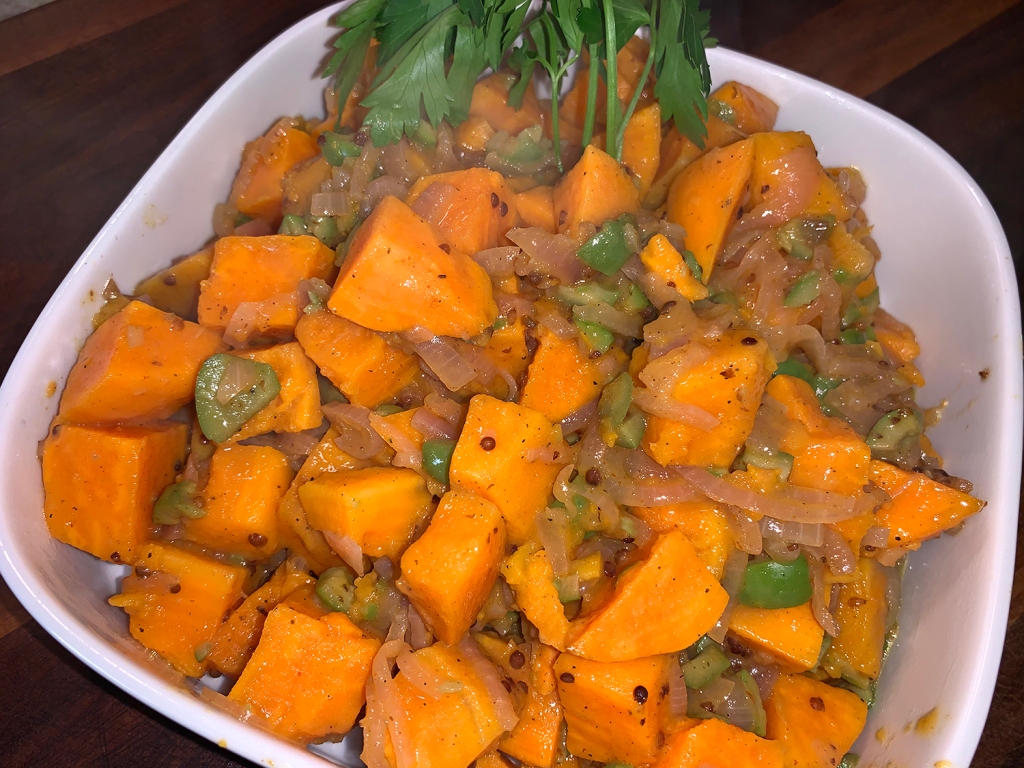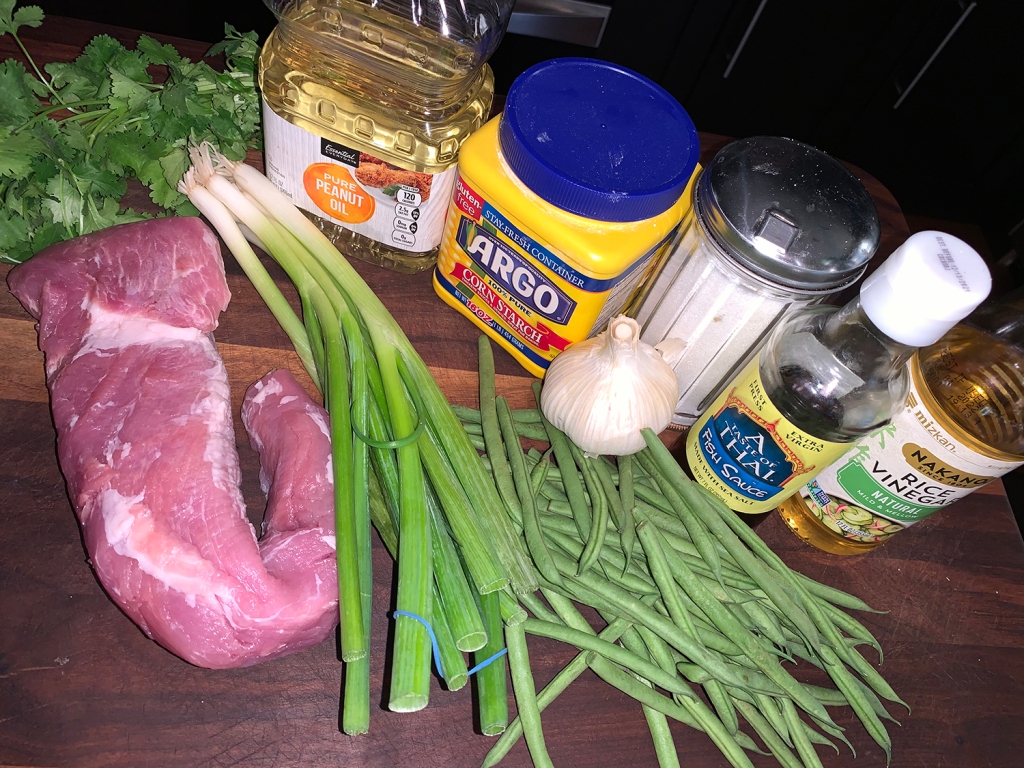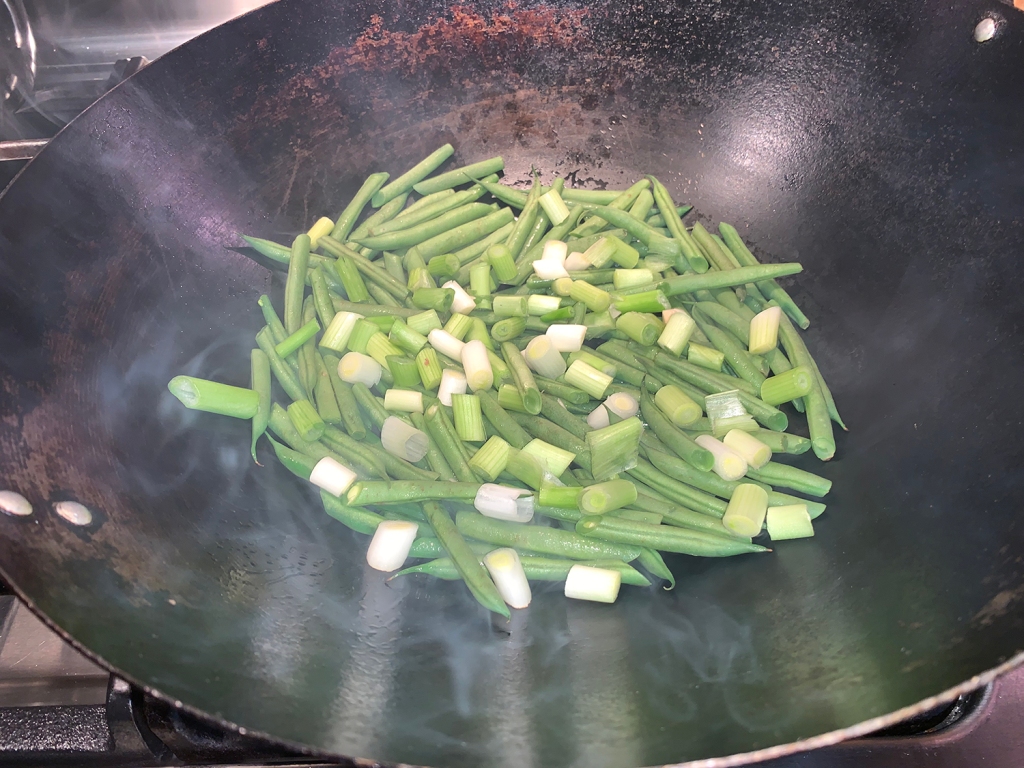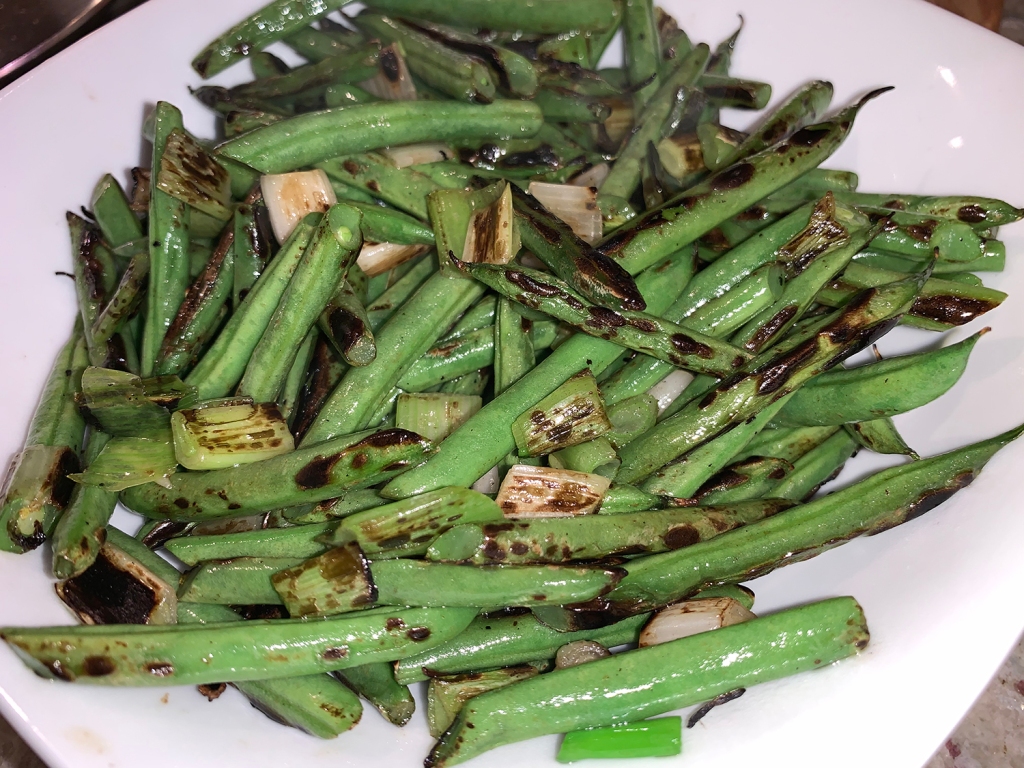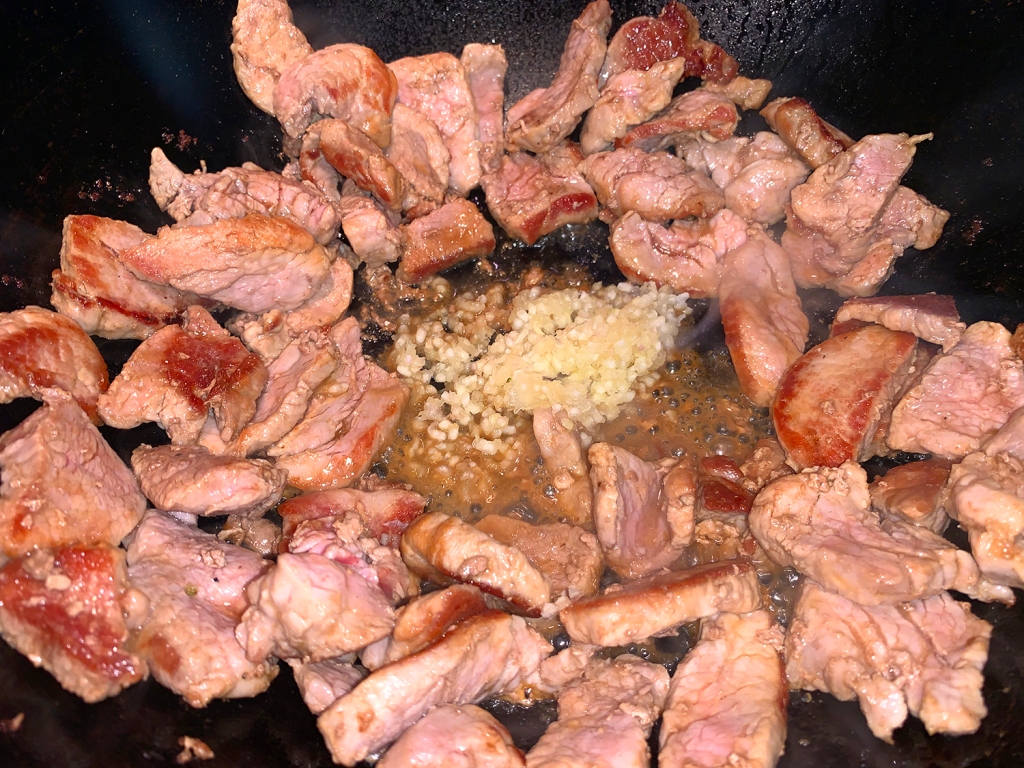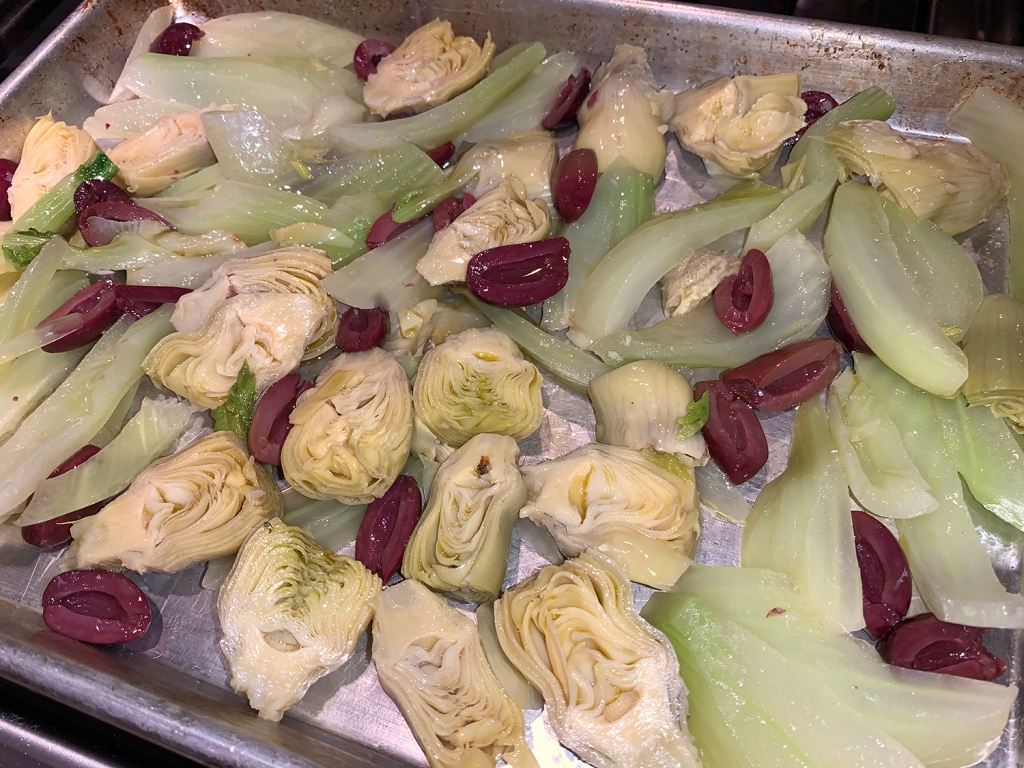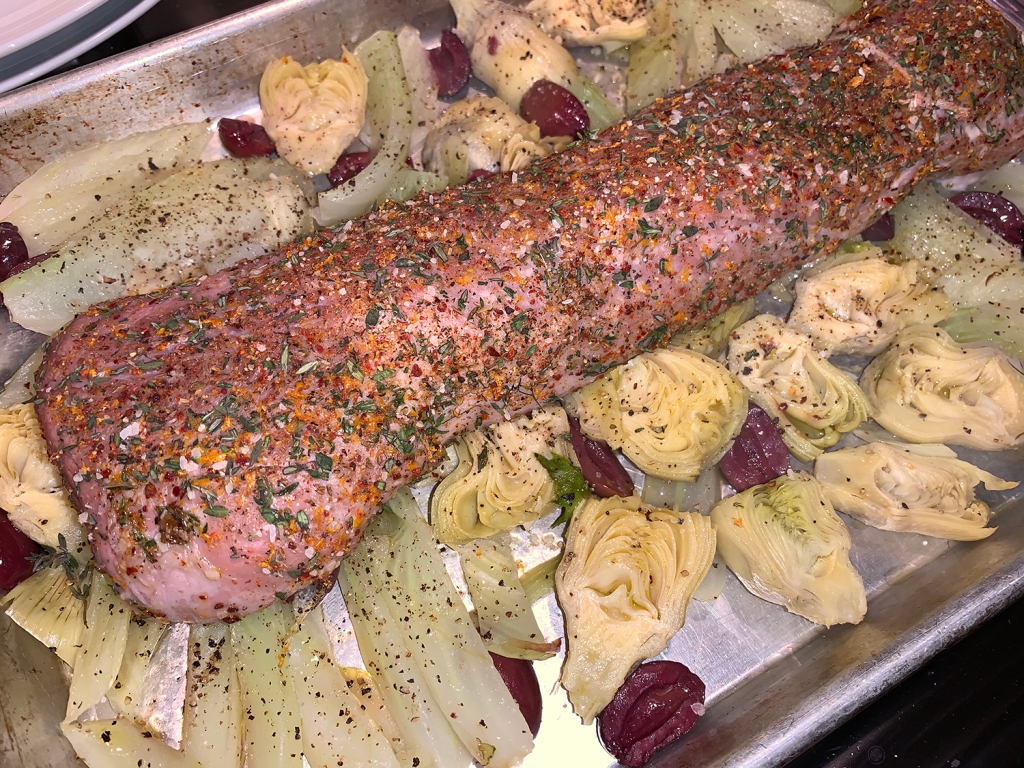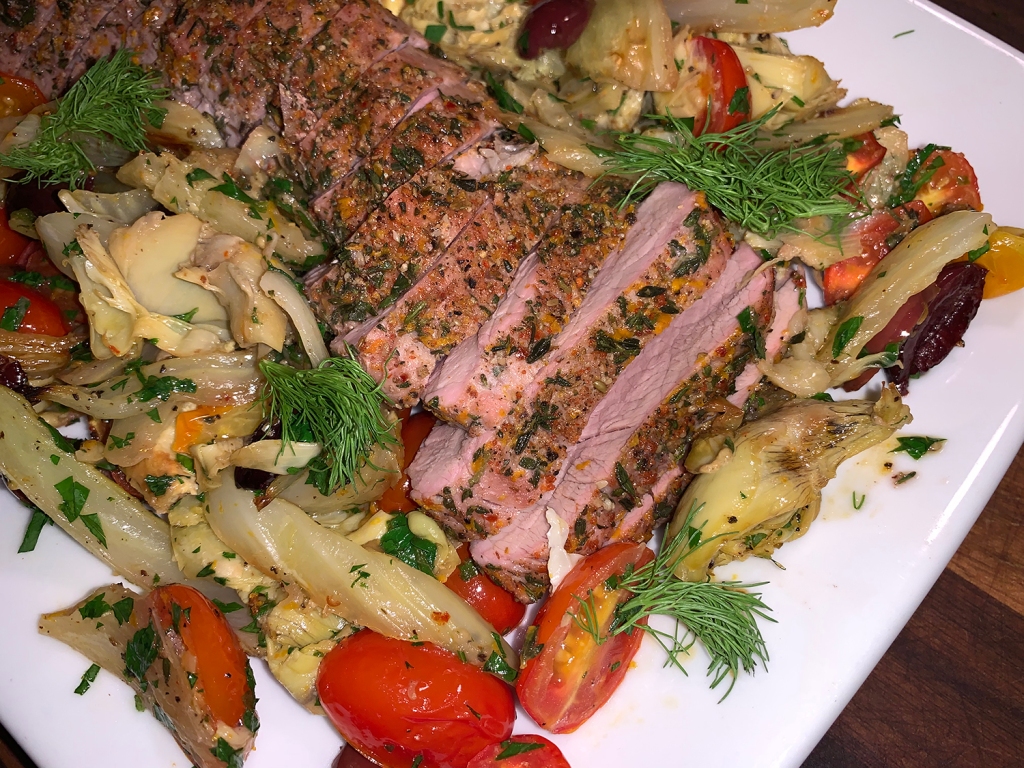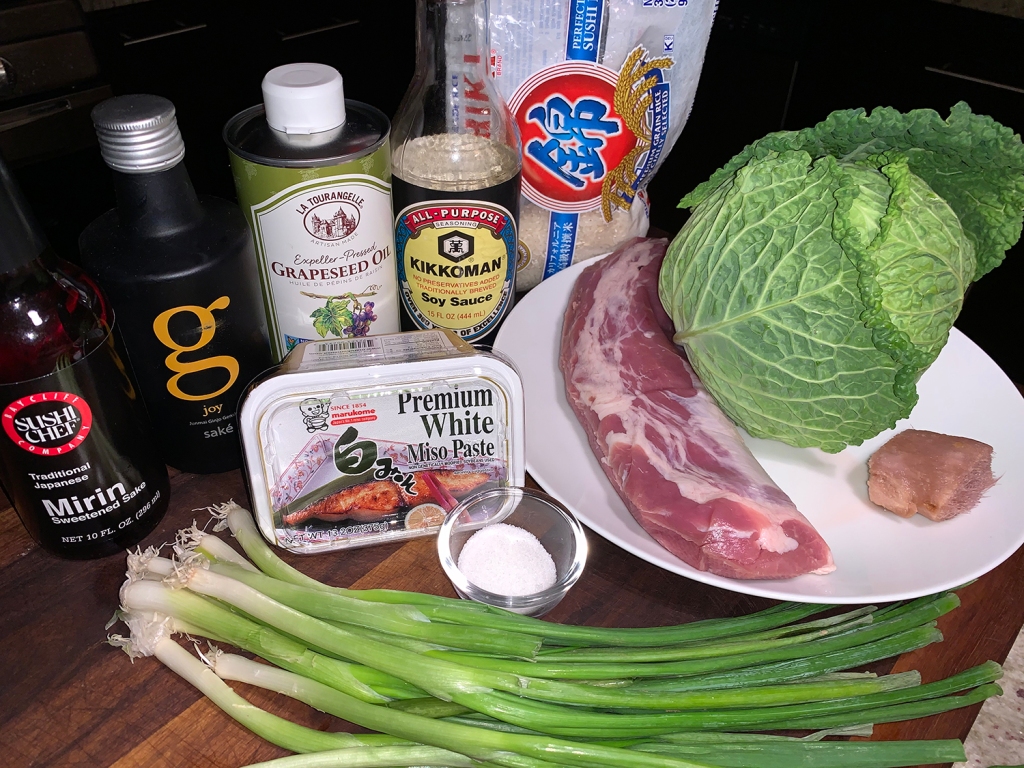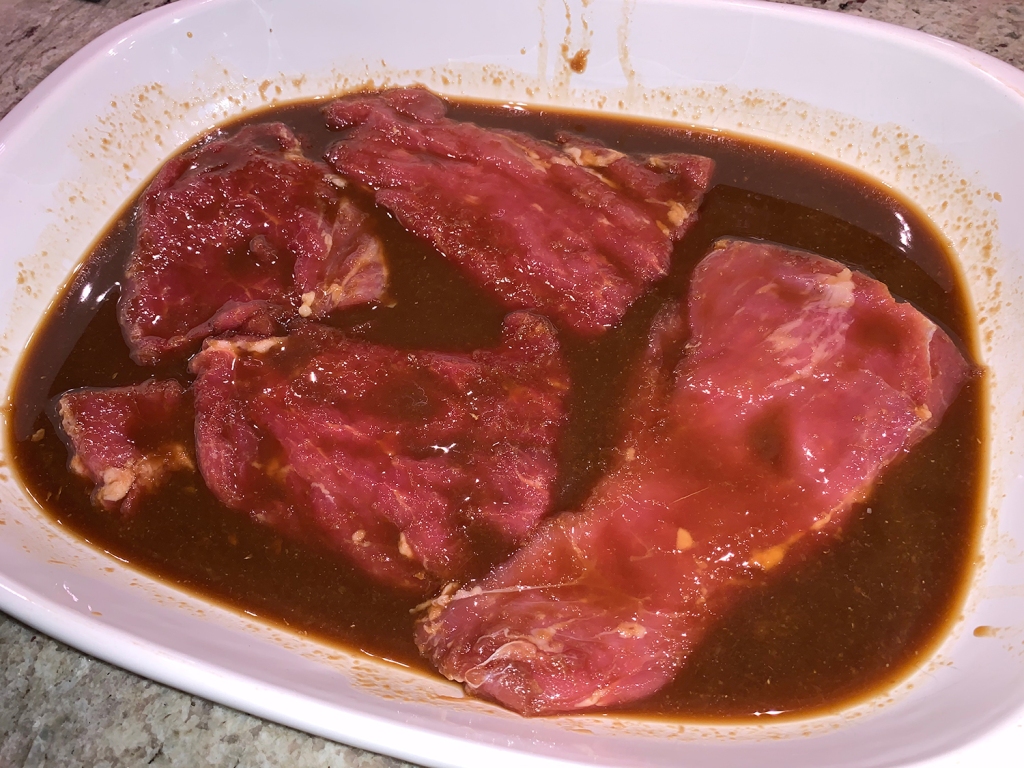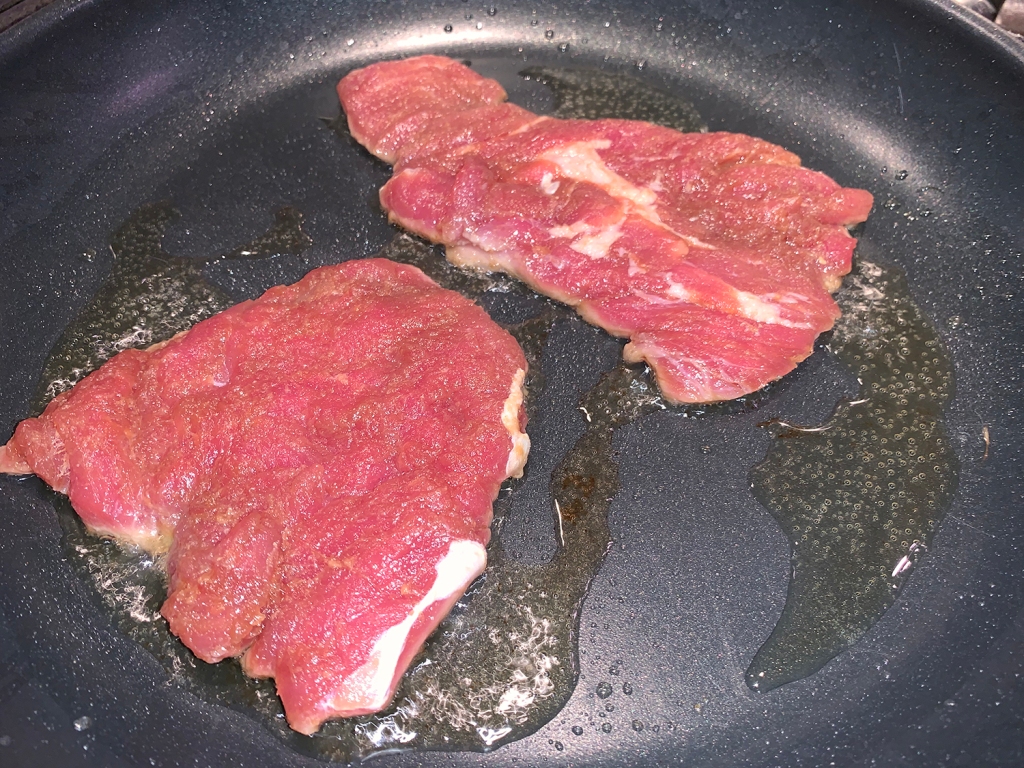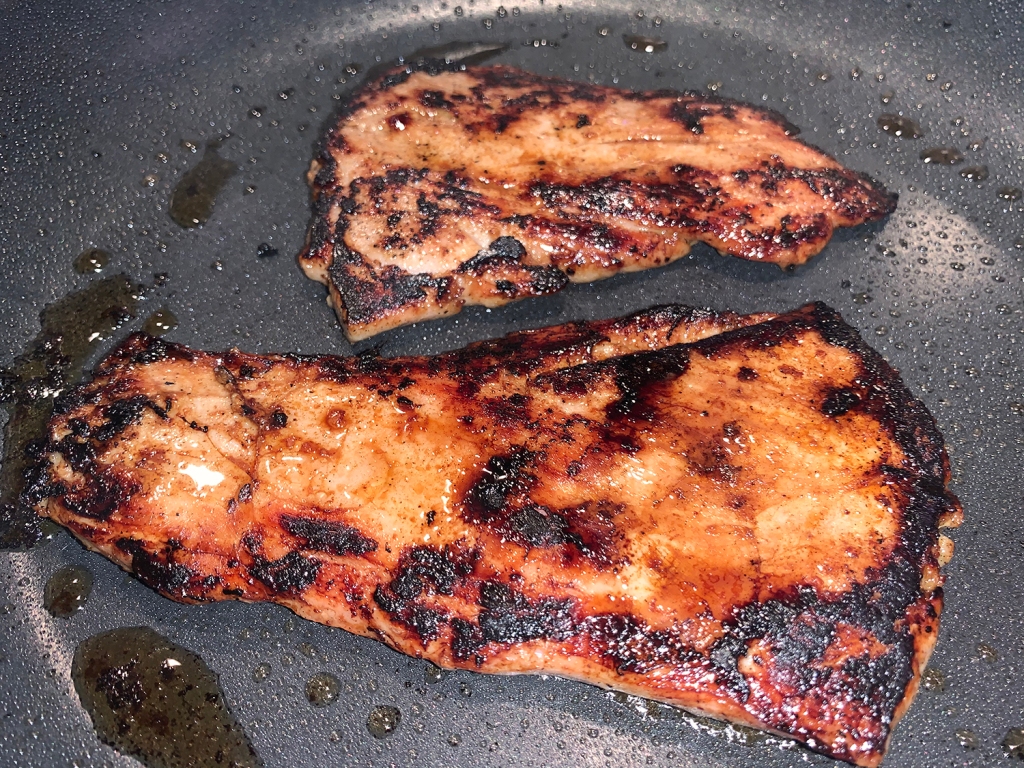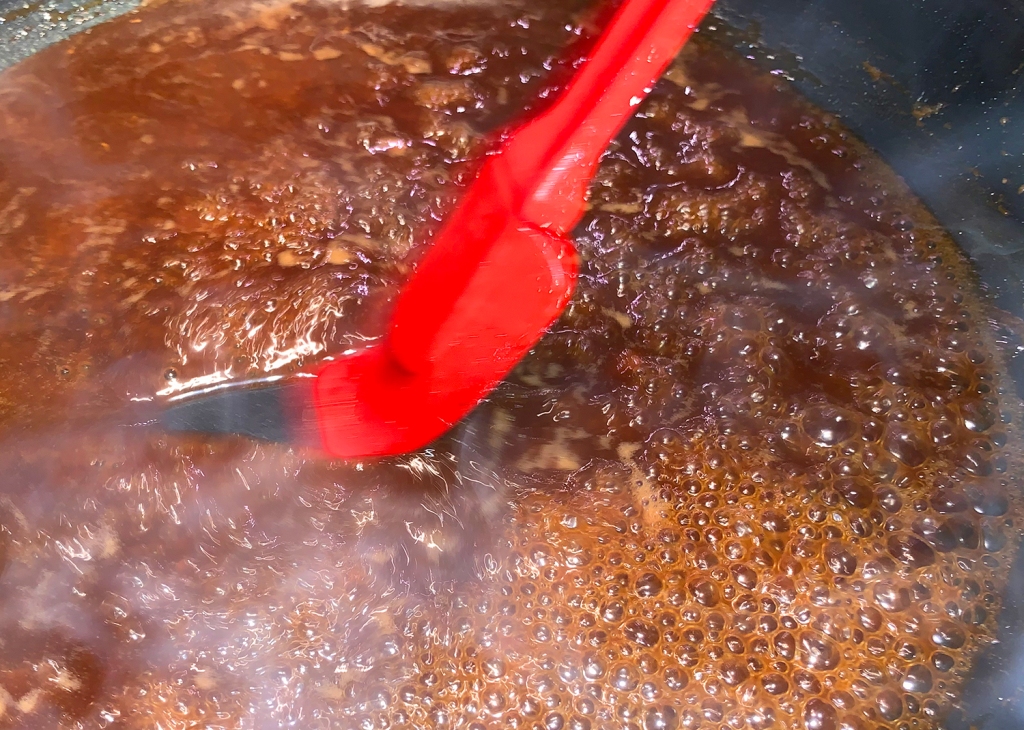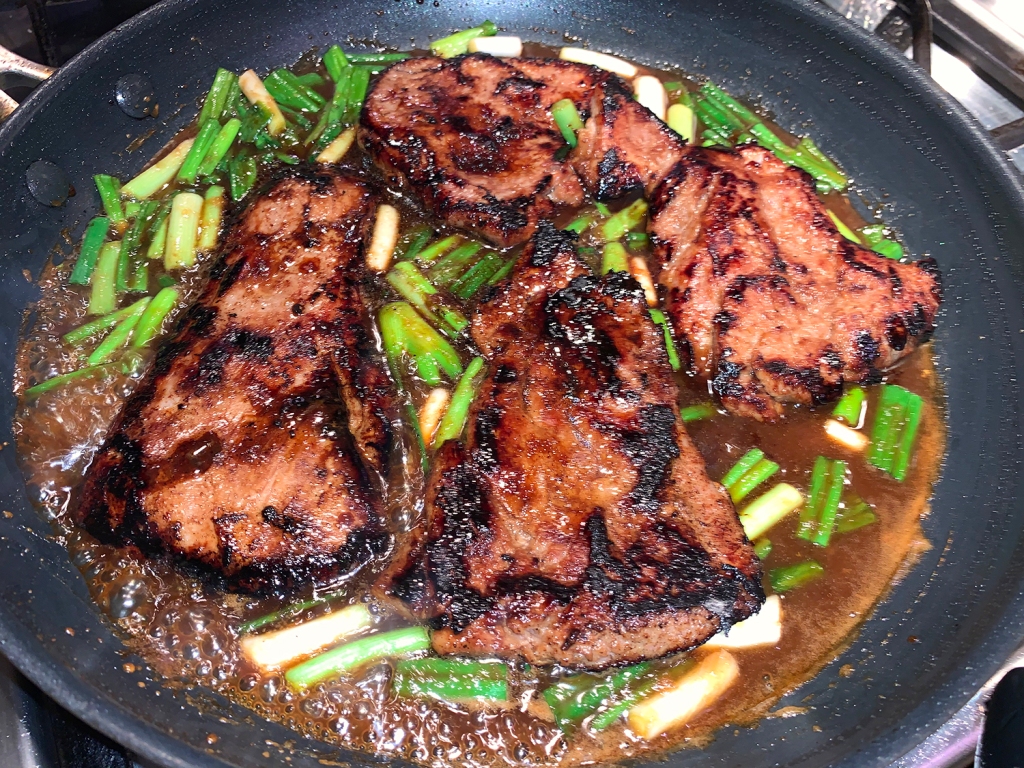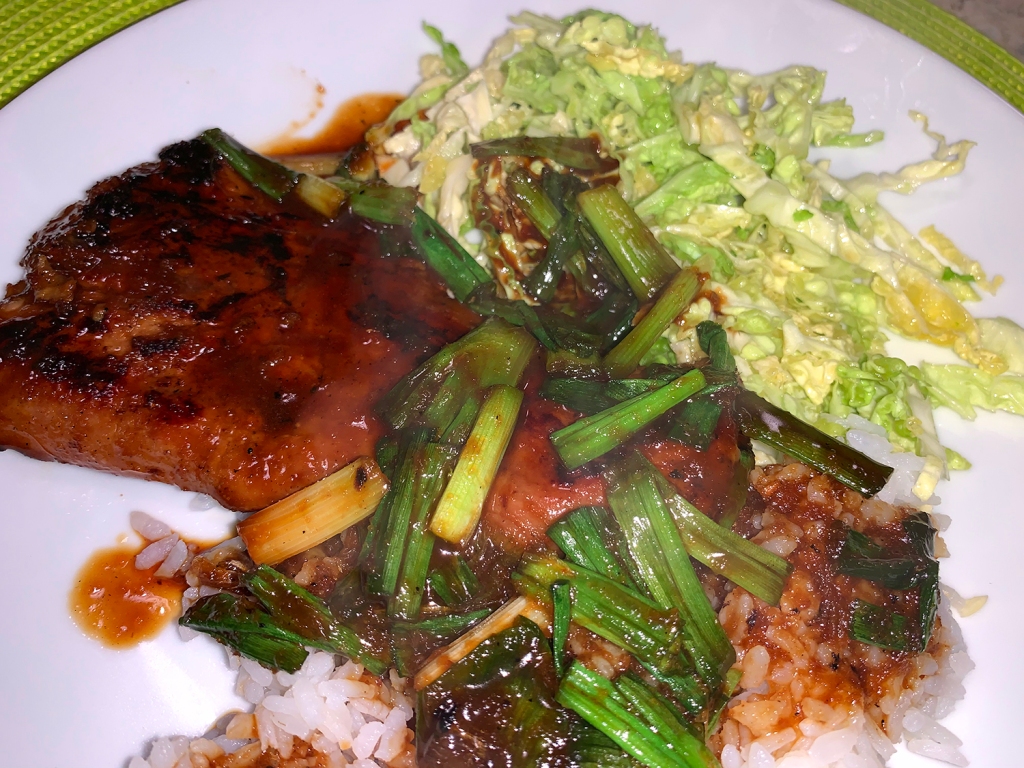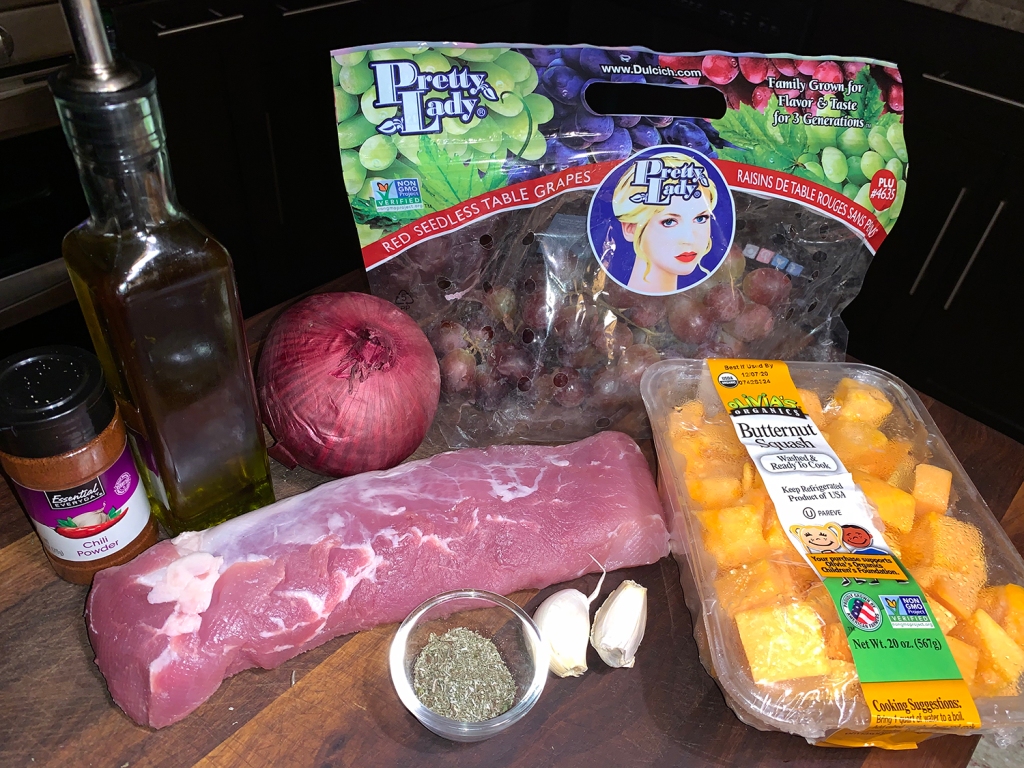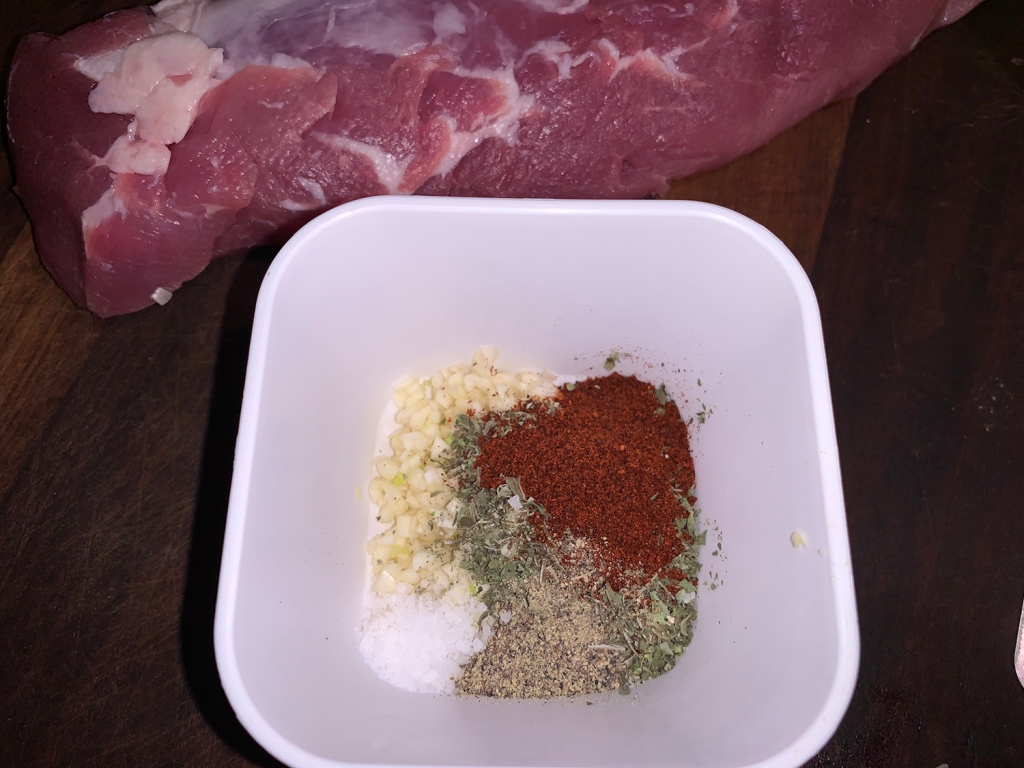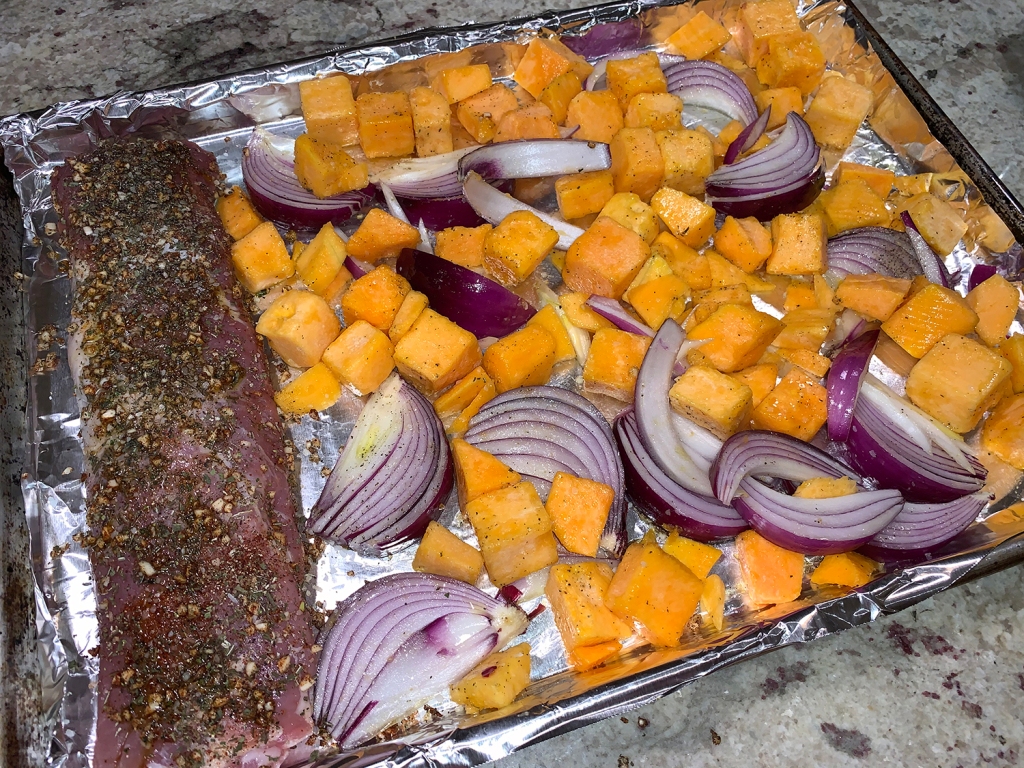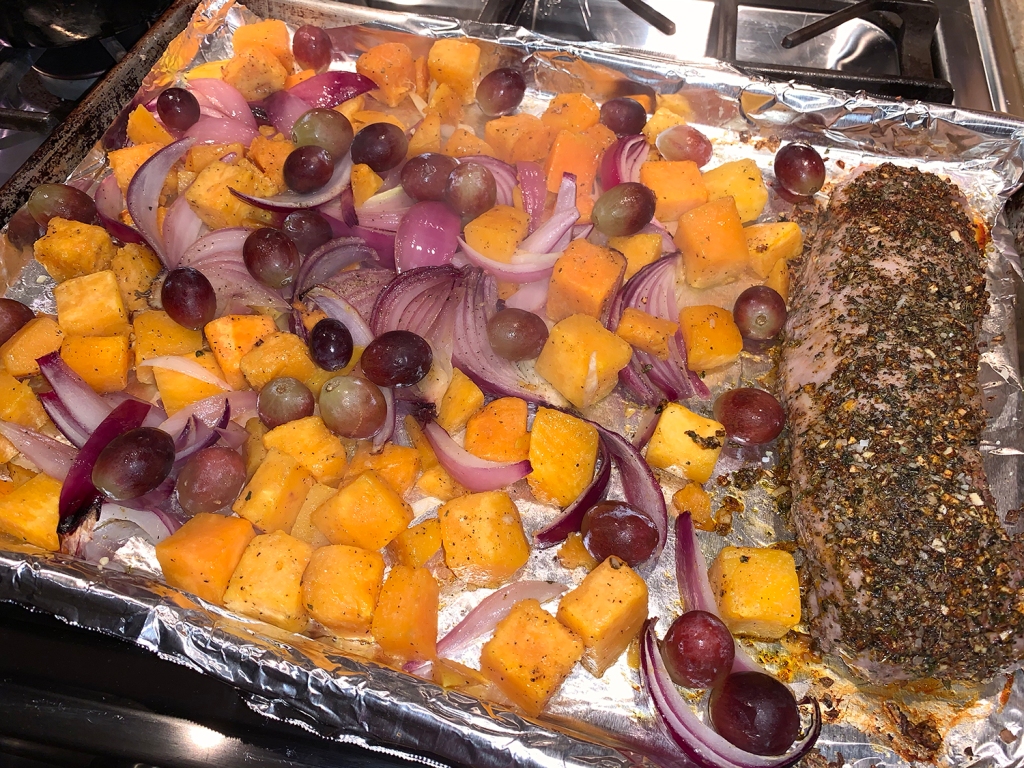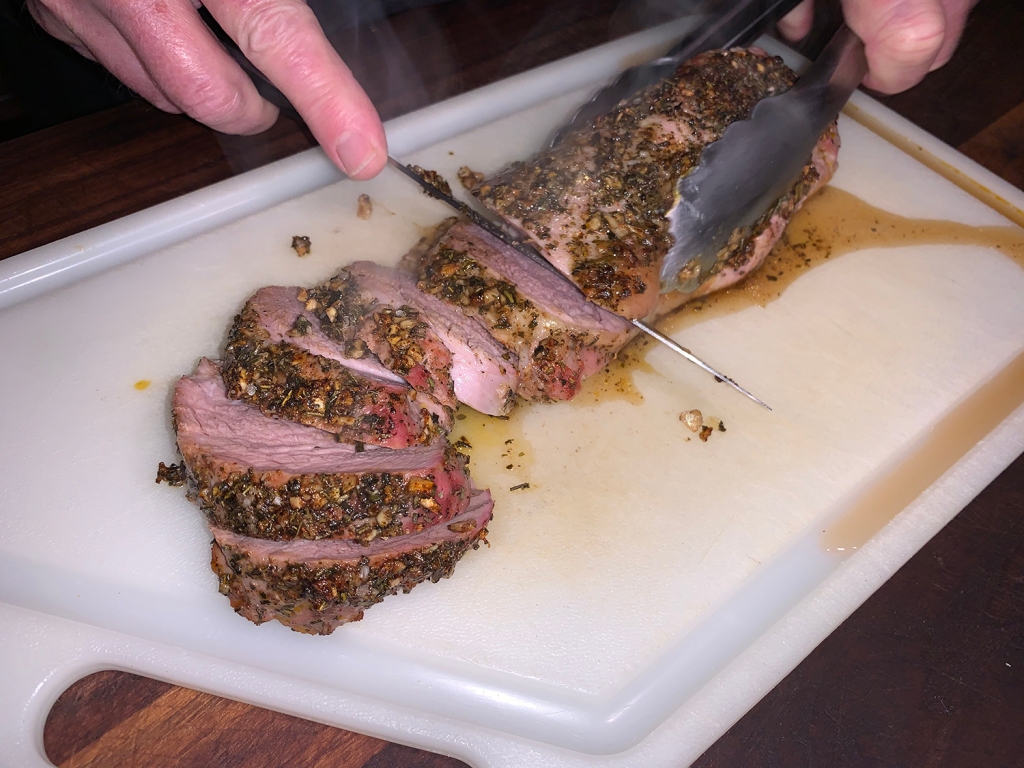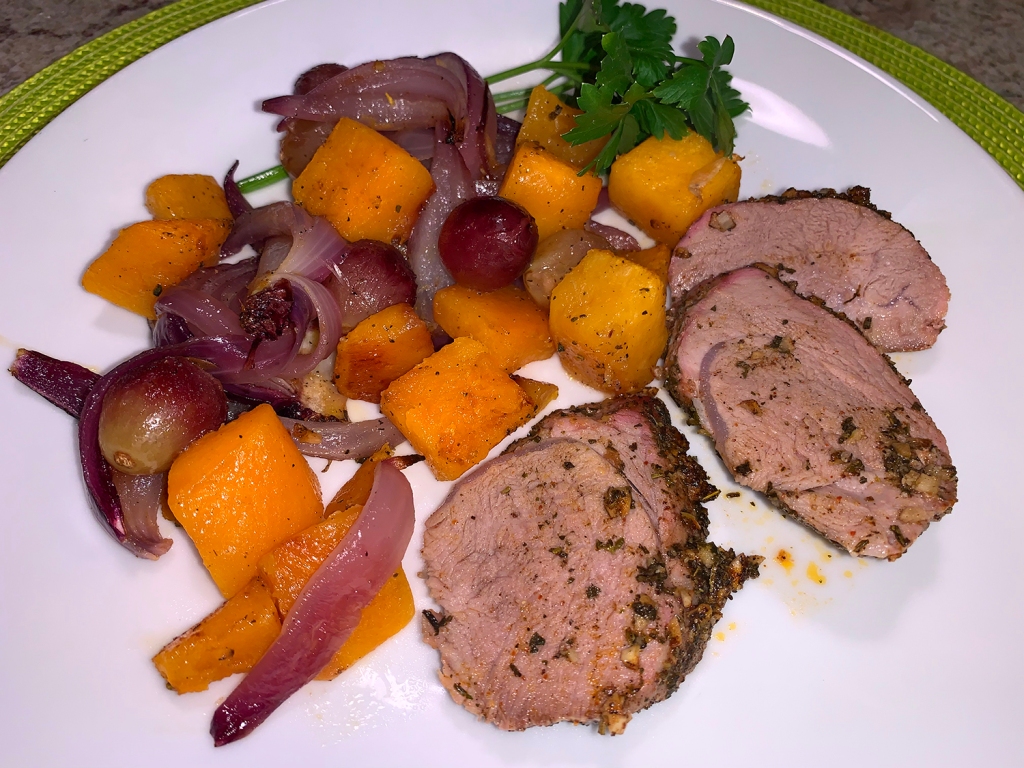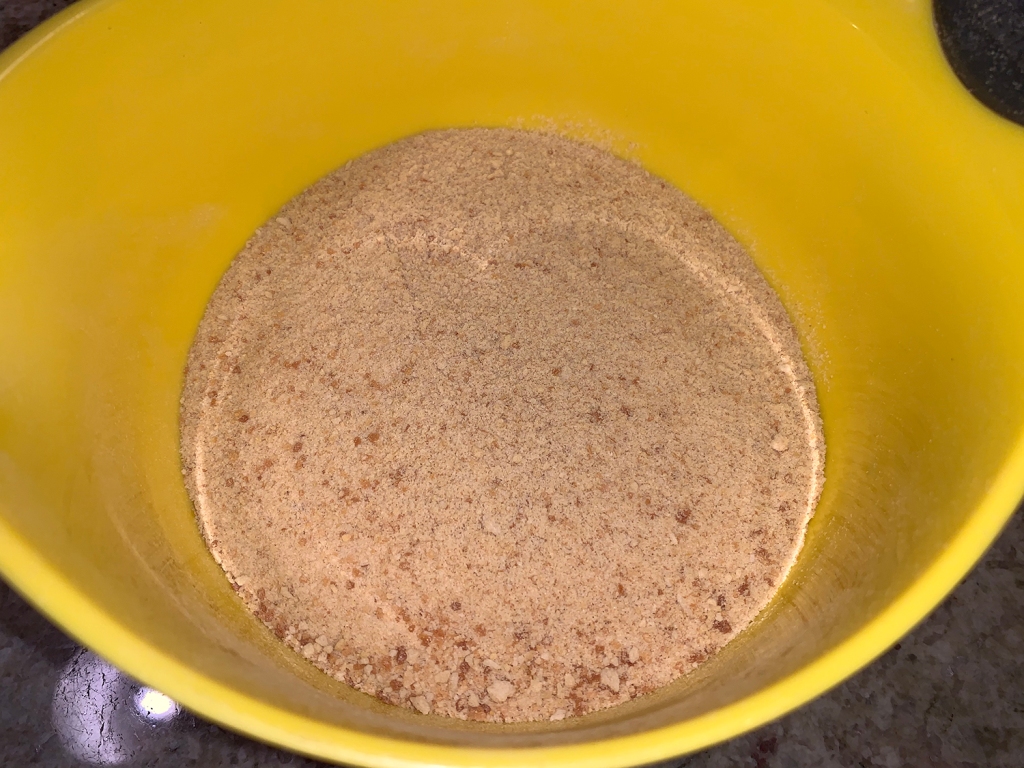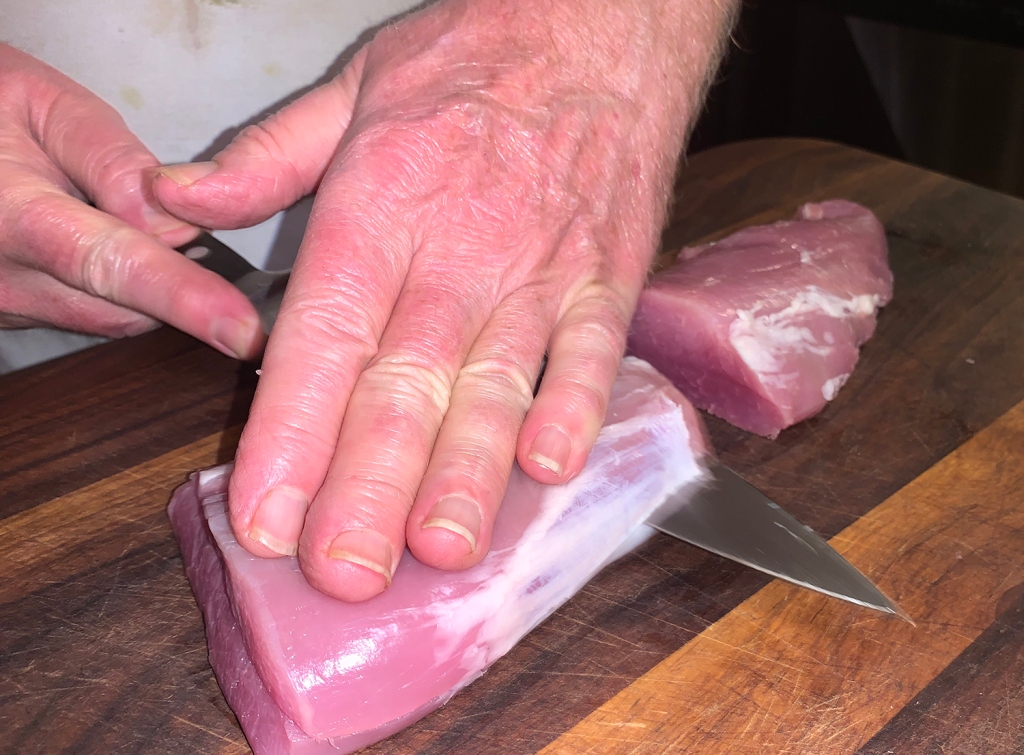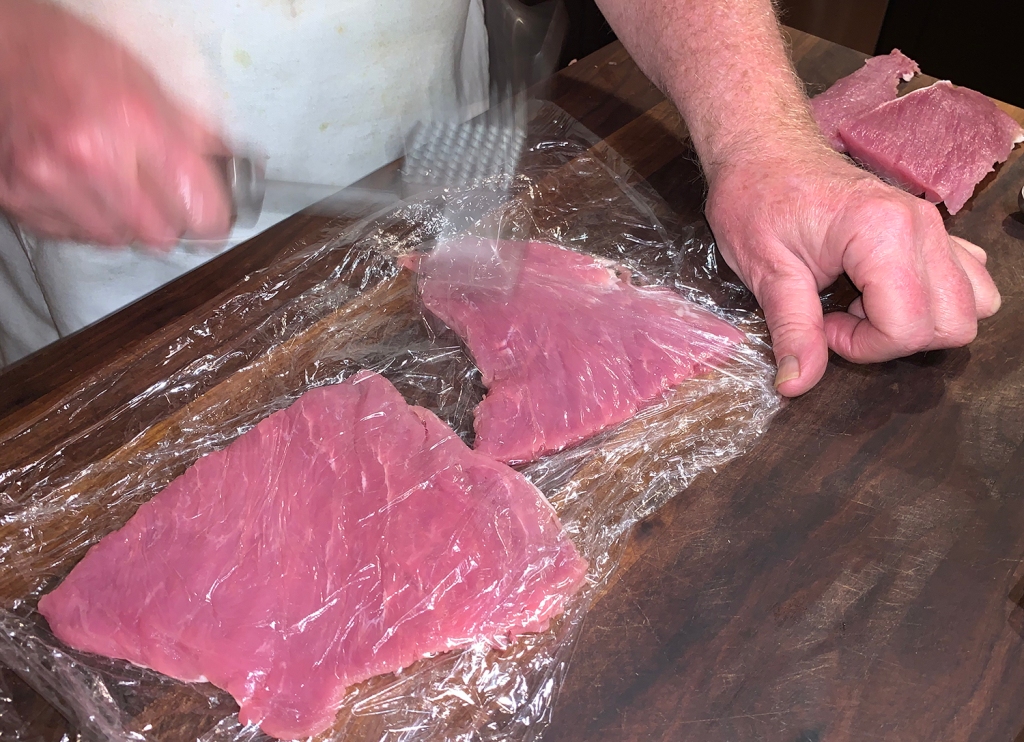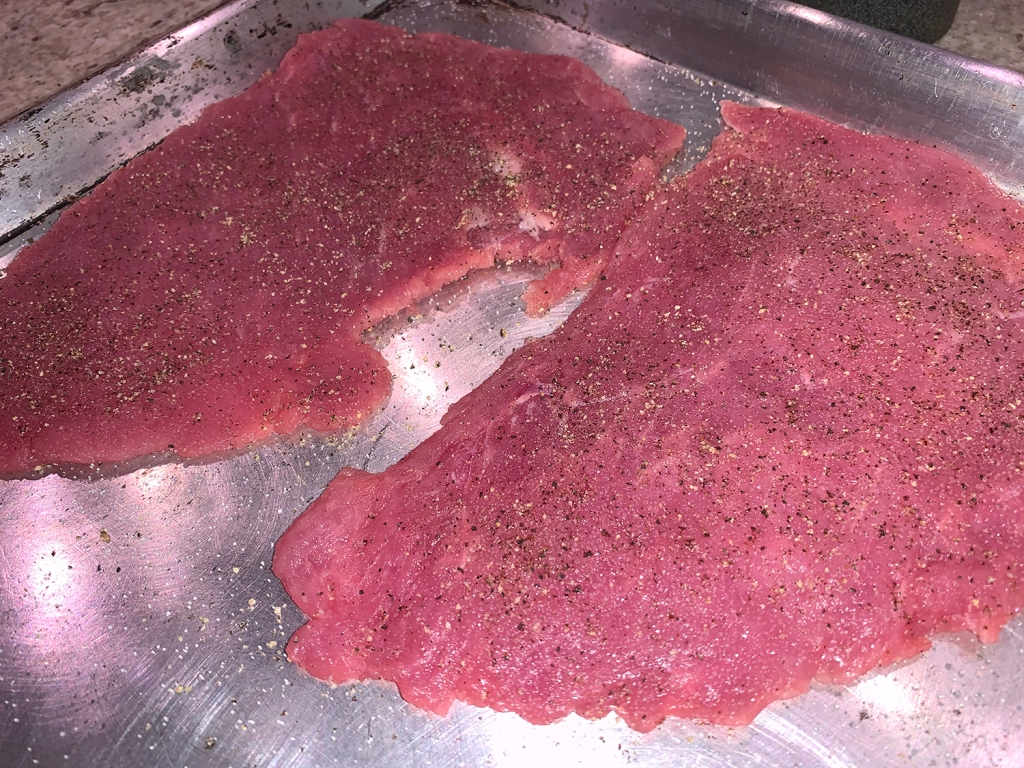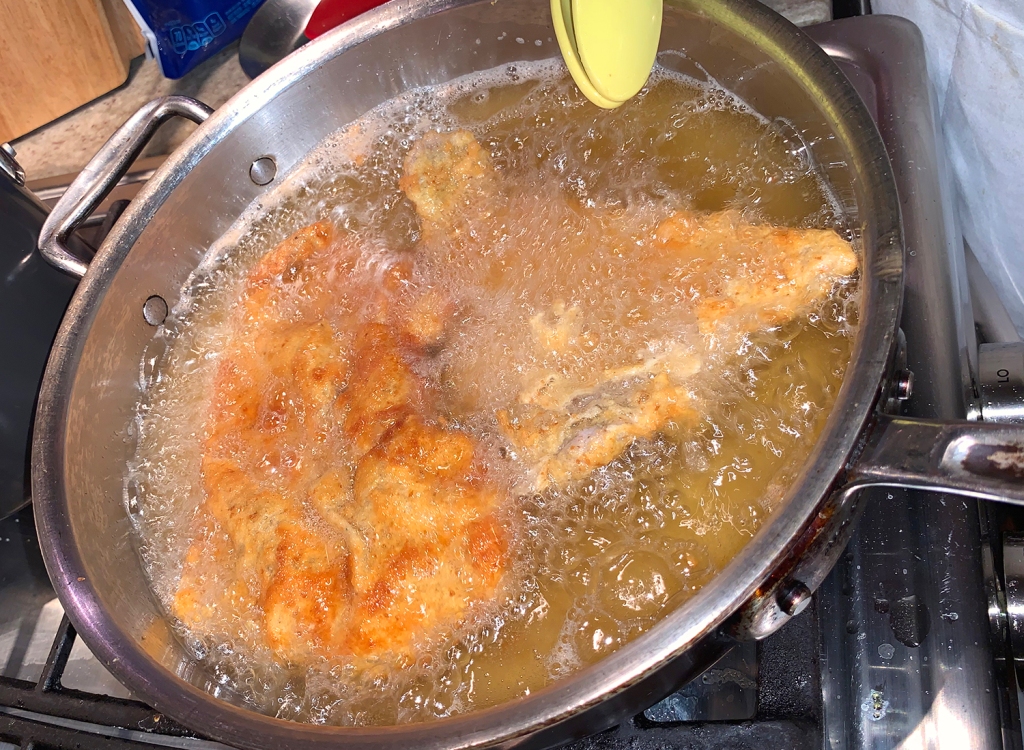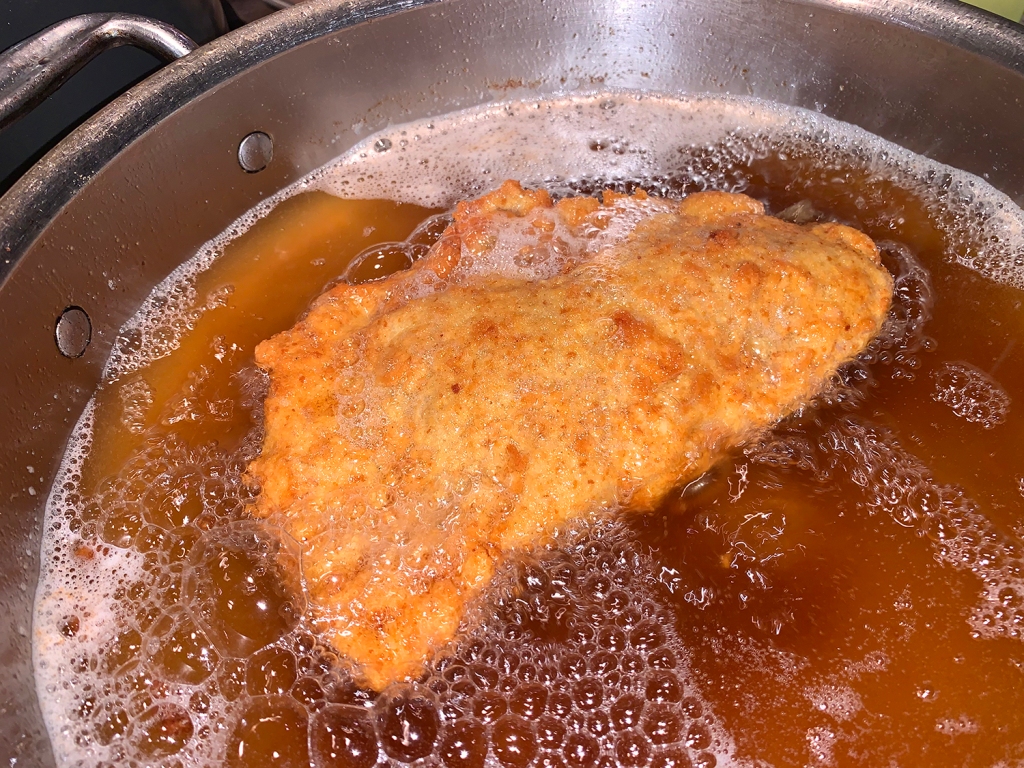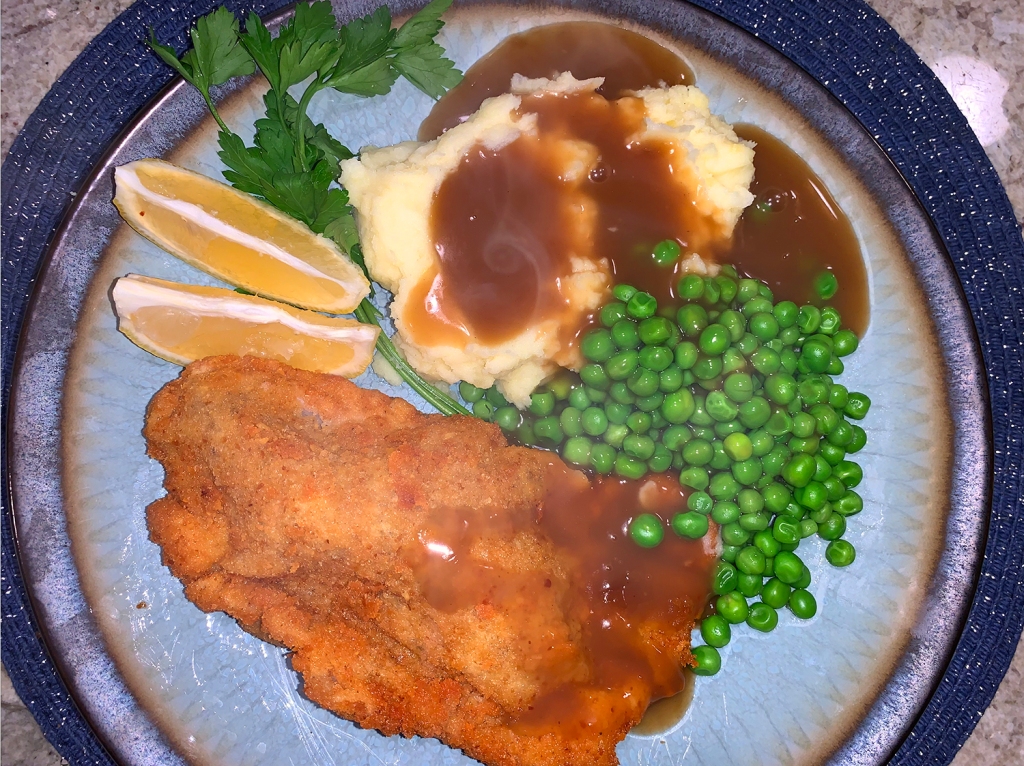Yummy-to-my-tummy! A fragrant thyme-and-Dijon crust locks in the tenderloin’s juiciness, while a quick cider deglaze turns pan drippings into a bright, tangy-sweet sauce for an elegant weeknight or holiday main. Welcome to Autumn cooking!
This show-stopping, juicy pork tenderloin recipe is fantastic! A quick sear in a hot pan seals in the moisture before being brushed with a simple dijon, Worcestershire sauce and thyme glaze and roasted until perfectly cooked through.

Meanwhile, an easy pan sauce with shallots, clove, juniper, and allspice are simmered with fresh apple cider until reduced and thickened. A touch of butter finishes the sauce to give it a rich and luscious mouthfeel.
BTW, apple cider and apple juice both contain apples that have been pressed for their juice, but they differ in how they are processed. Generally, apple cider is unfiltered and unpasteurized, resulting in a drink that needs to be refrigerated and has a richer apple flavor. Apple juice is the opposite and is typically filtered and pasteurized, allowing for it to be more shelf-stable and giving it a sweeter taste and paler color.
Serve the pork with mashed potatoes or rice, and your favorite roasted vegetables. We chose to pair it with Apple Cider Risotto with Bacon and Butternut Squash, which utilized many of the same flavors.
NOTE: This recipe doesn’t yield a ton of sauce, but if you want things saucier, you could easily double the sauce (which we did), though it’ll need more time to reduce. However, in the end, we did not feel it was absolutely necessary to do so.
In the end the meal was delicious — thank goodness because the process was long and excruciating, and the number of pans and bowls mounted up. For those who love a challenge, it’s a perfect endeavor!
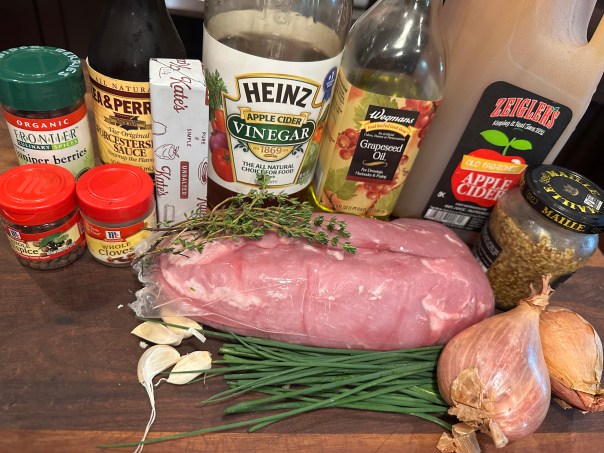
Thyme-and-Dijon-Seared Pork Tenderloin with Cider Pan Sauce
Ingredients
- 2 (about 1 1/4-lb.) pork tenderloins, silver skin trimmed
- 2 1/2 tsp. kosher salt, divided
- 1 1/4 tsp. black pepper, divided
- 1 Tbsp. Worcestershire sauce
- 1/2 tsp. grated garlic
- 3 Tbsp. neutral cooking oil (such as avocado oil), divided
- 2 Tbsp. coarse-ground Dijon mustard, divided
- 1 Tbsp. finely chopped fresh thyme, divided
- 3 Tbsp. cold unsalted butter, divided
- 2 Tbsp. finely chopped shallot
- 2 whole allspice
- 2 whole cloves
- 2 juniper berries (optional)
- 3 Tbsp. apple cider vinegar
- 1 cup fresh apple cider
- 1 Tbsp. finely chopped fresh chives, plus more for garnish


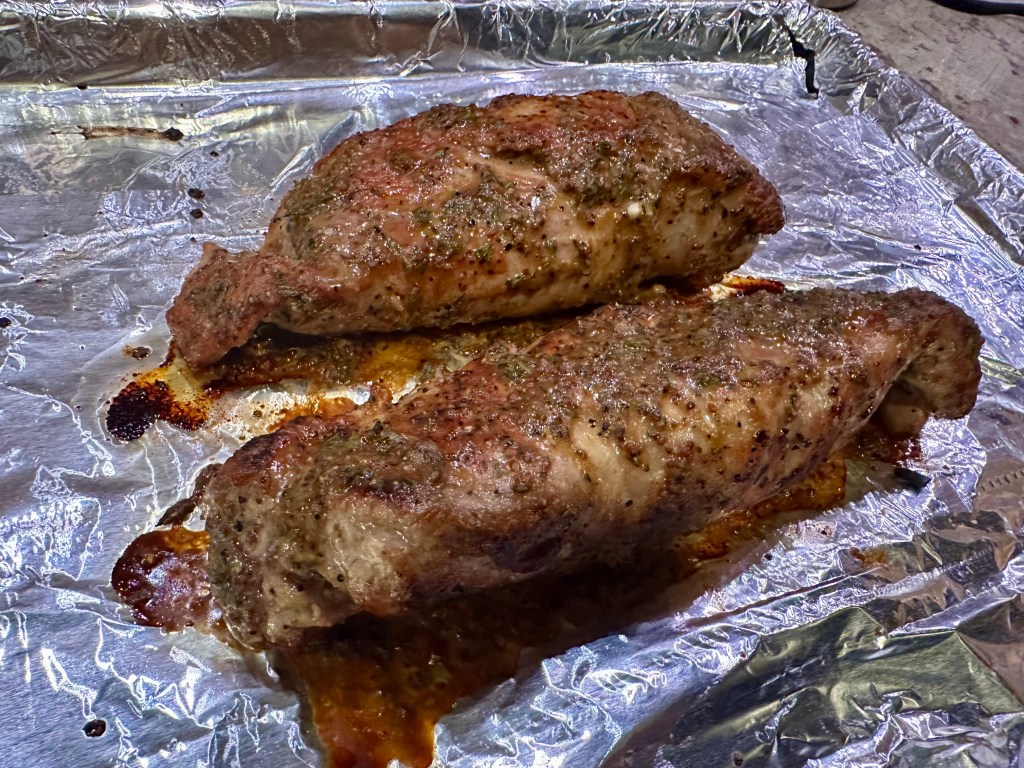

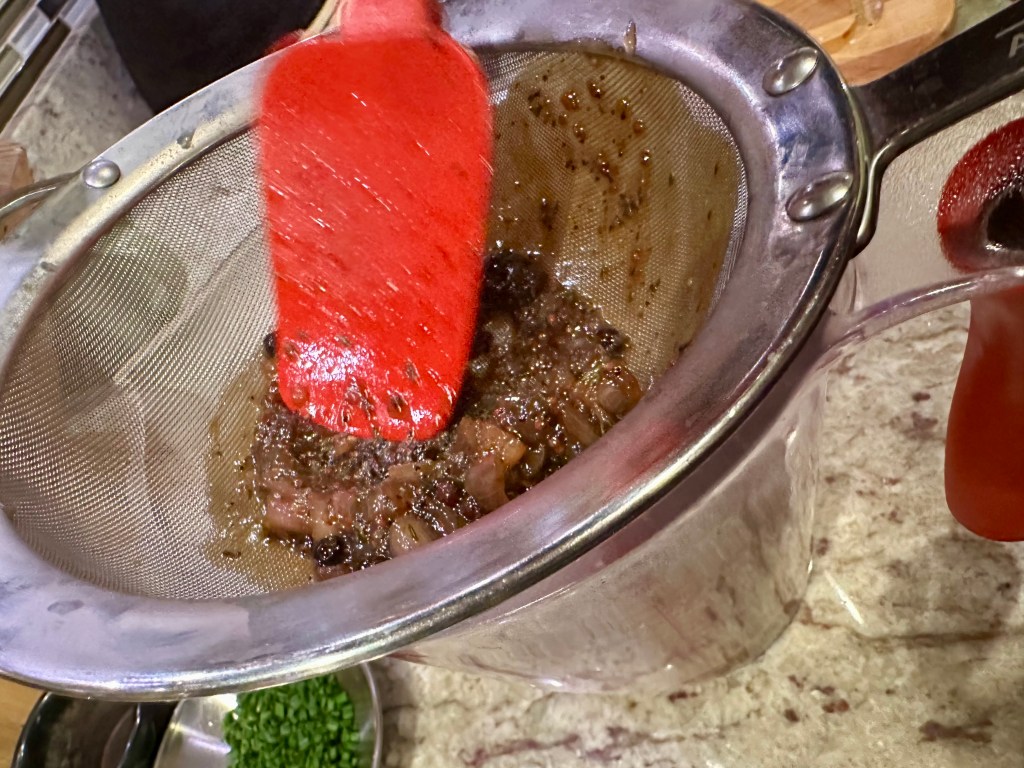
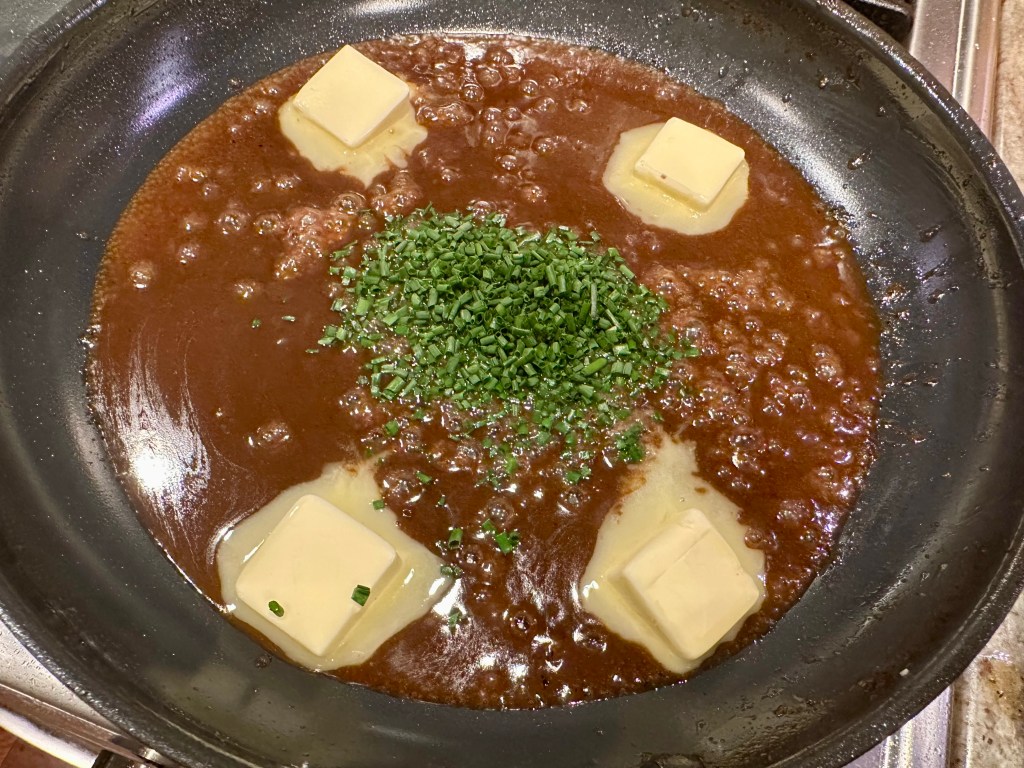


Directions
- Preheat oven to 350°F. Line a large rimmed baking sheet with aluminum foil; set aside.
- Pat pork dry with paper towels, and season with 2 teaspoons salt and 1/2 teaspoon pepper; set aside. Whisk together Worcestershire sauce, grated garlic, 1 tablespoon oil, 1 tablespoon mustard, 2 teaspoons thyme, and 1/2 teaspoon pepper in a small bowl until smooth; set aside.
- Heat remaining 2 tablespoons oil in a large stainless steel skillet over high until shimmering, about 3 minutes. Add pork; cook, turning occasionally, until well browned on all sides, 6 to 8 minutes total. Remove from heat, and transfer pork to prepared baking sheet. Brush reserved Worcestershire mixture evenly over pork. Do not wipe skillet clean.
- Bake pork until an instant-read thermometer inserted into the thickest portion of pork registers 140°F (for medium), 15 to 18 minutes, or until desired degree of doneness. Remove from the oven, and let rest for 5 to 10 minutes.
- While pork is baking, melt 1 tablespoon butter in reserved skillet over medium-low. Add shallot, allspice, cloves, juniper berries (if using), remaining 1 teaspoon thyme, and remaining 1/4 teaspoon pepper. Cook, stirring constantly, until shallot is softened, about 1 minute. Add vinegar; cook, scraping bottom of skillet to release any browned bits, until vinegar is nearly evaporated, about 2 minutes. Add apple cider, remaining 1 tablespoon mustard, and remaining 1/2 teaspoon salt.
- Bring to a simmer over medium-high, and cook, stirring occasionally, until sauce thickens and is reduced to about 1/3 cup, about 8 minutes. Remove from heat.
- Strain sauce through fine-mesh sieve; pressing down on solids. Return velvety silken sauce to pan. Vigorously stir in chives and remaining 2 tablespoons butter until sauce is glossy and emulsified, about 1 minute.
- Transfer pork to a cutting board, and cut into 1/2-inch-thick slices. Transfer to a platter, and spoon cider sauce over top. Garnish with additional chives.
Recipe by Breana Lai Killeen for Food & Wine








